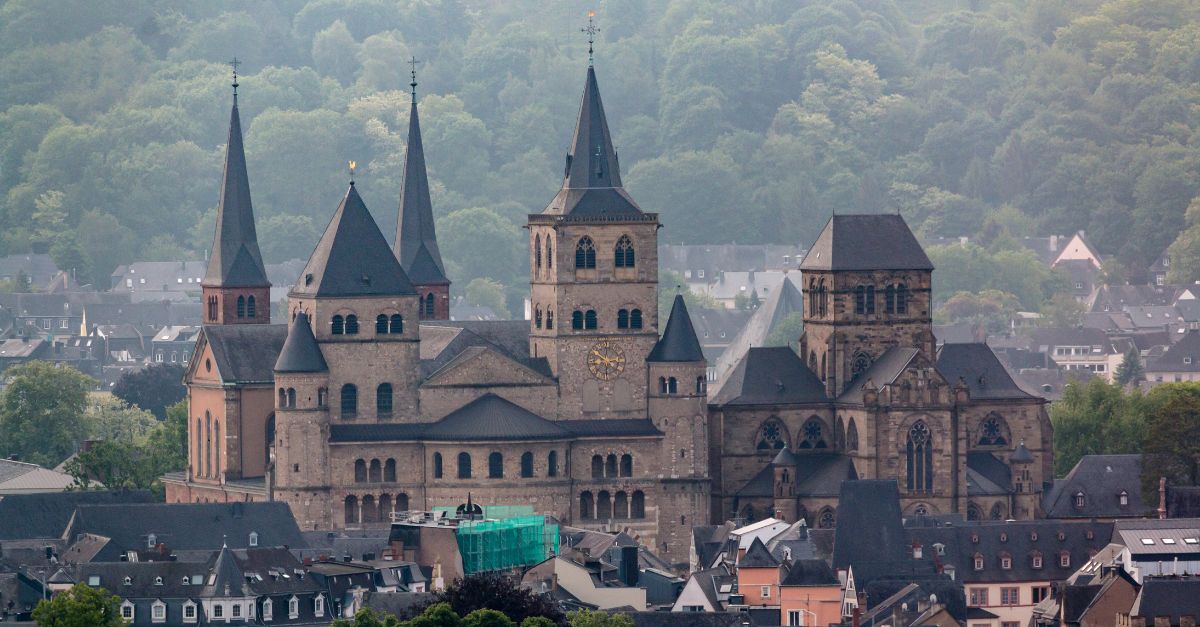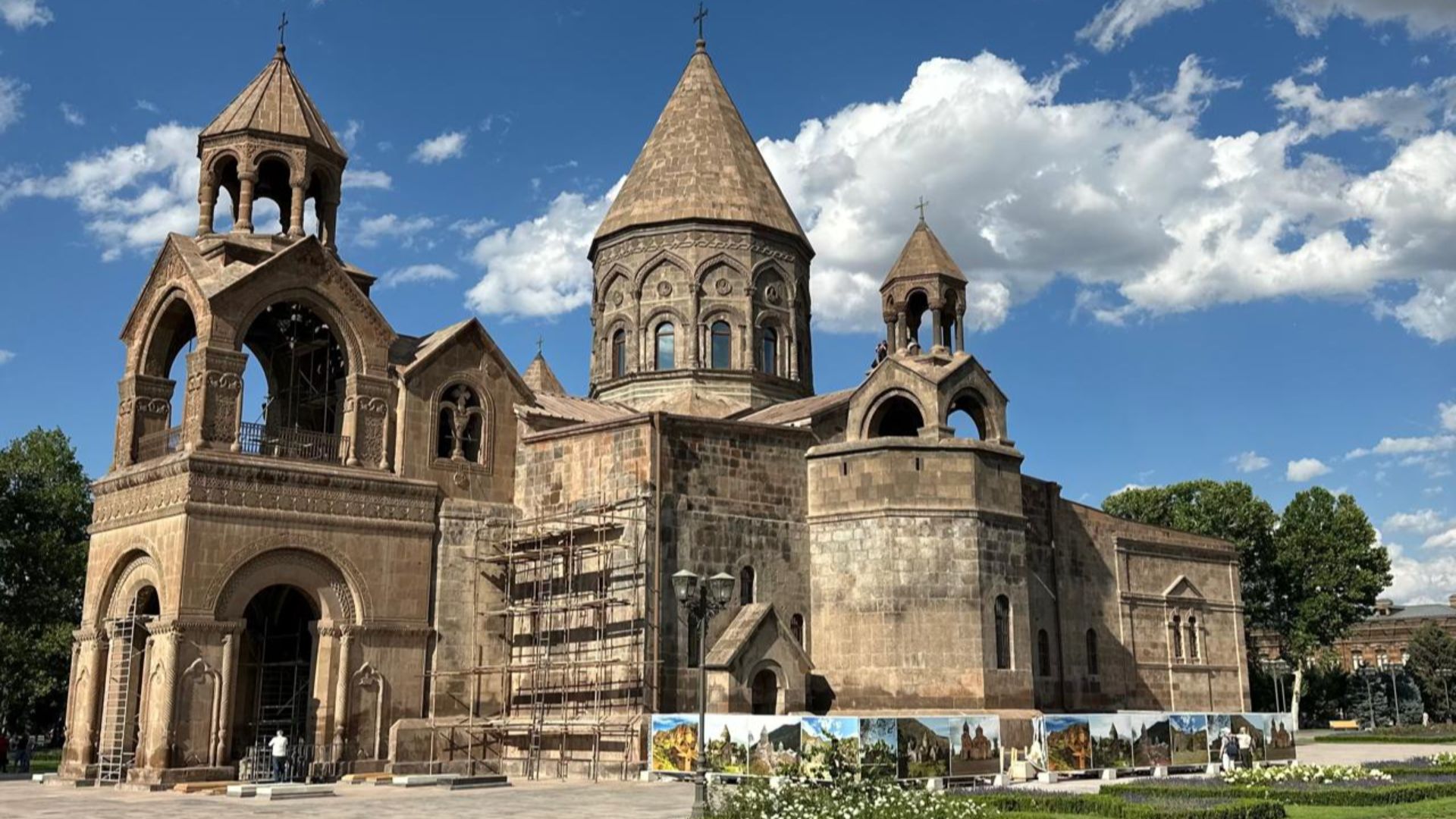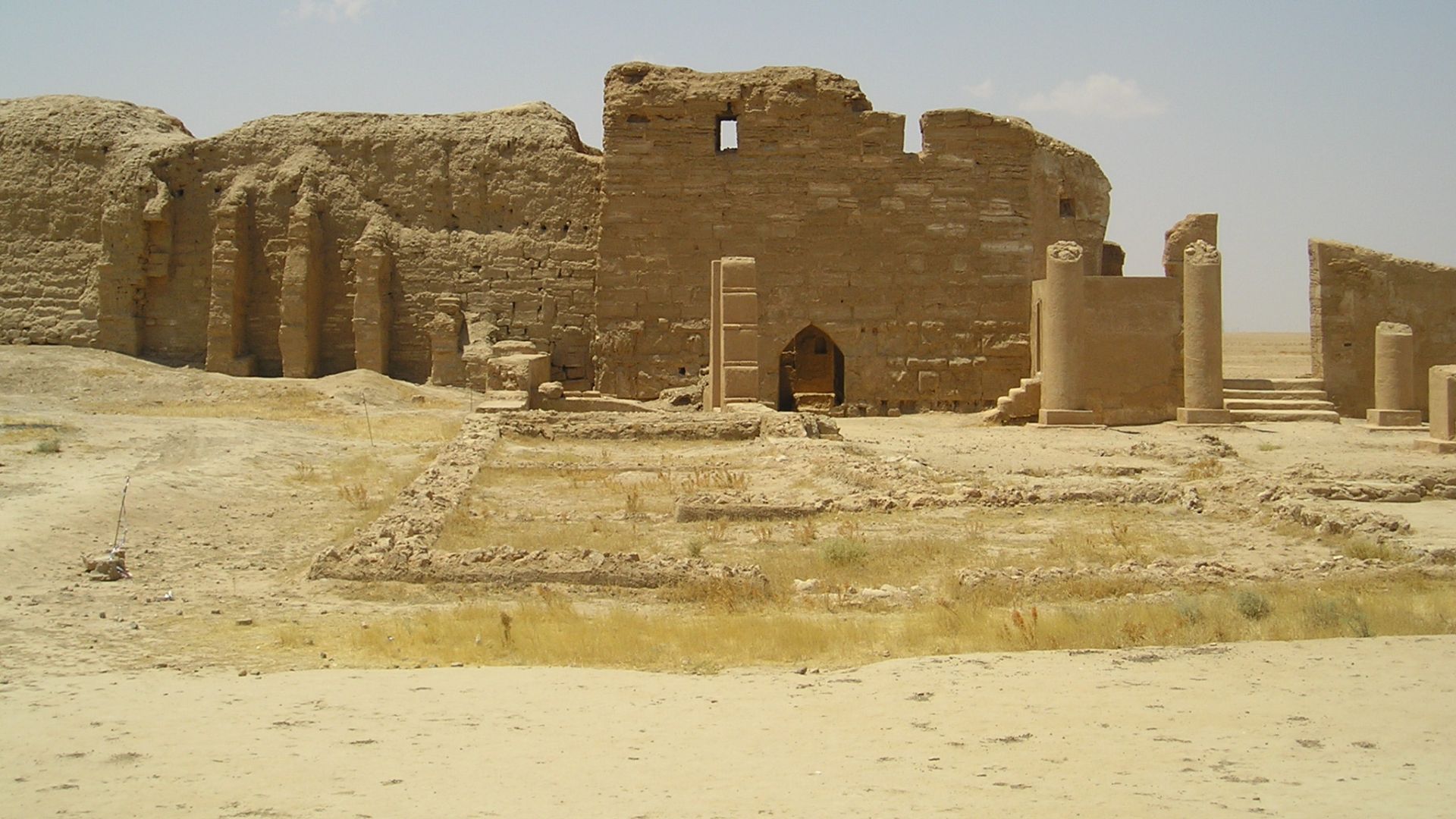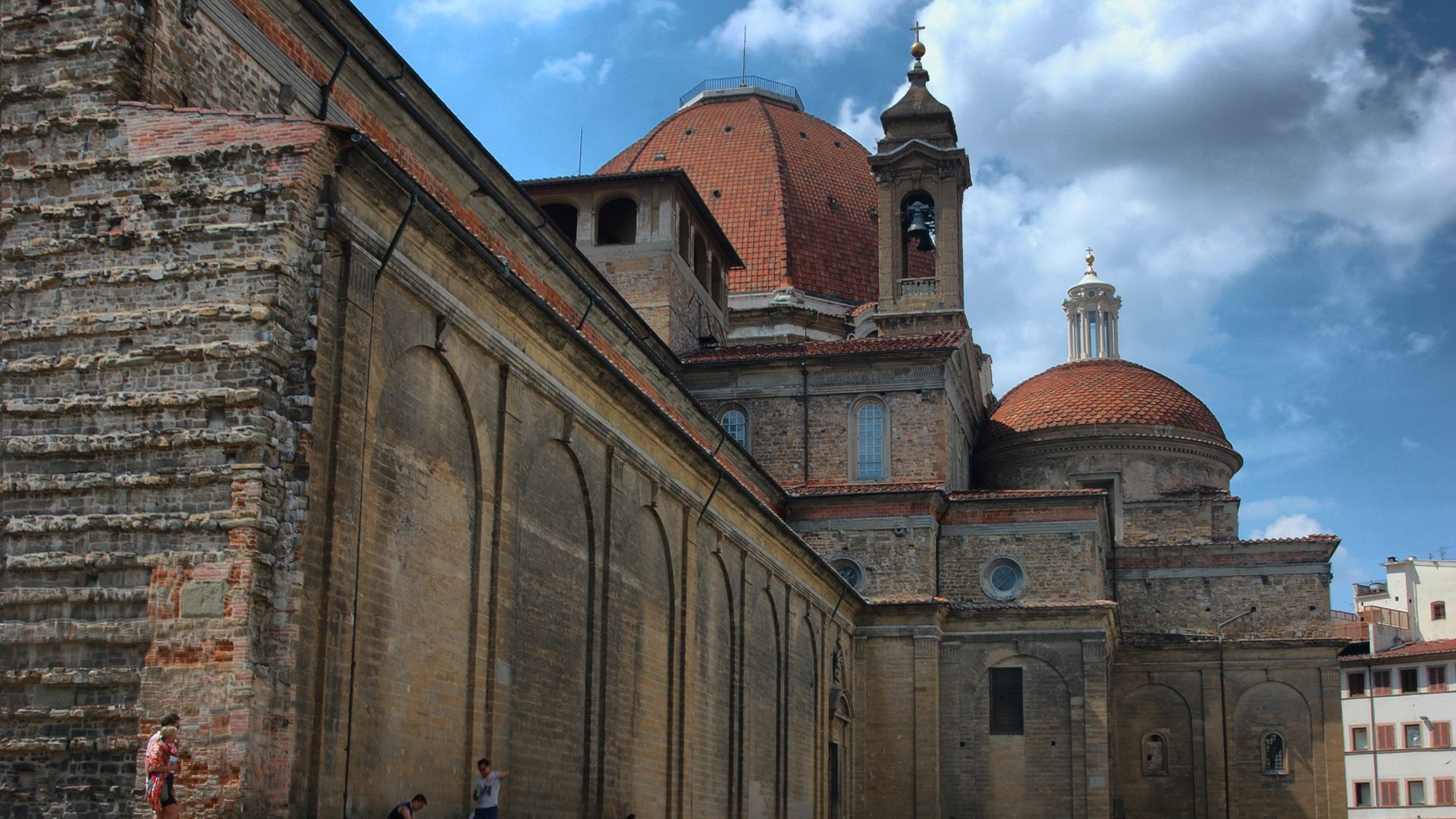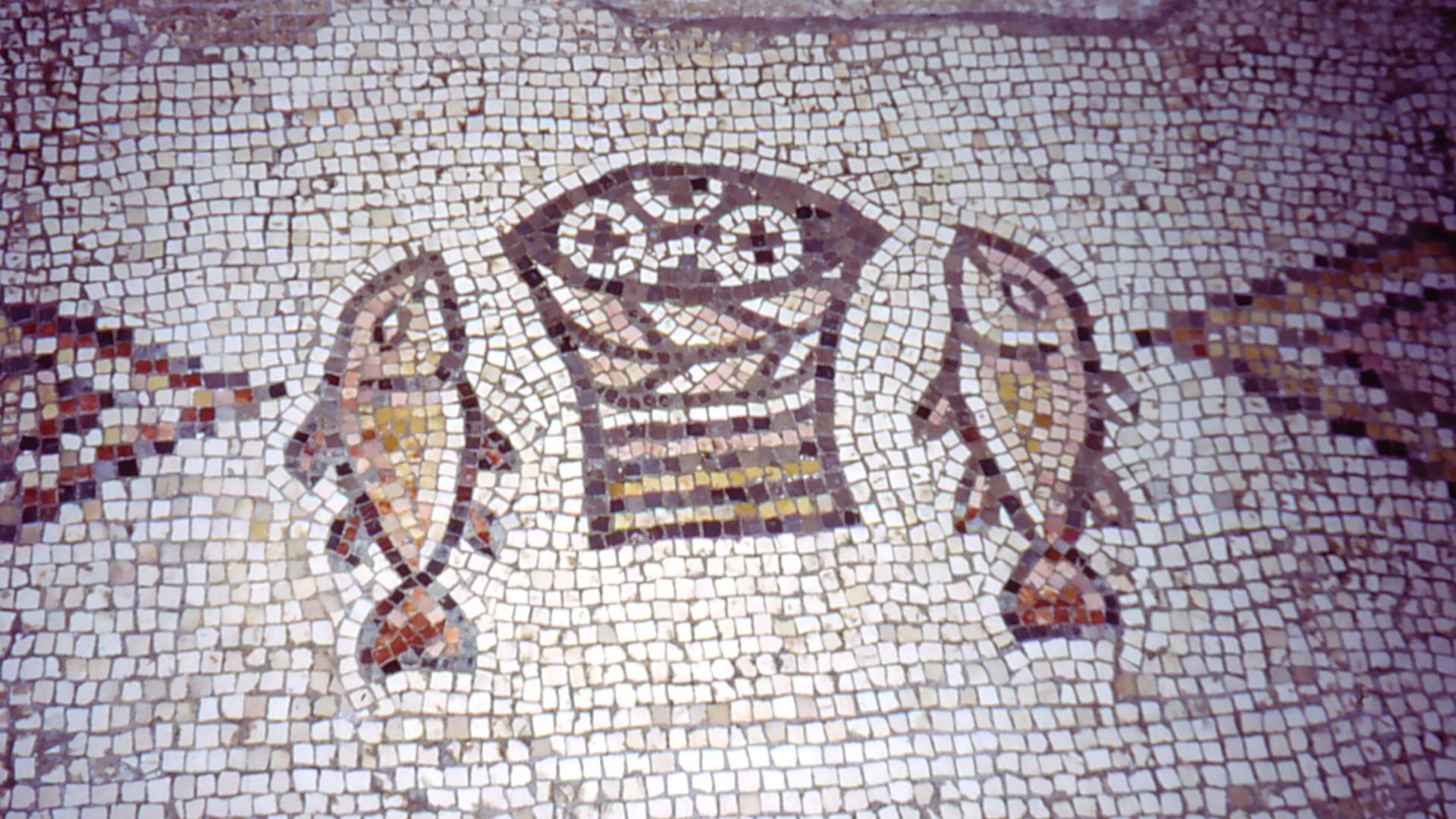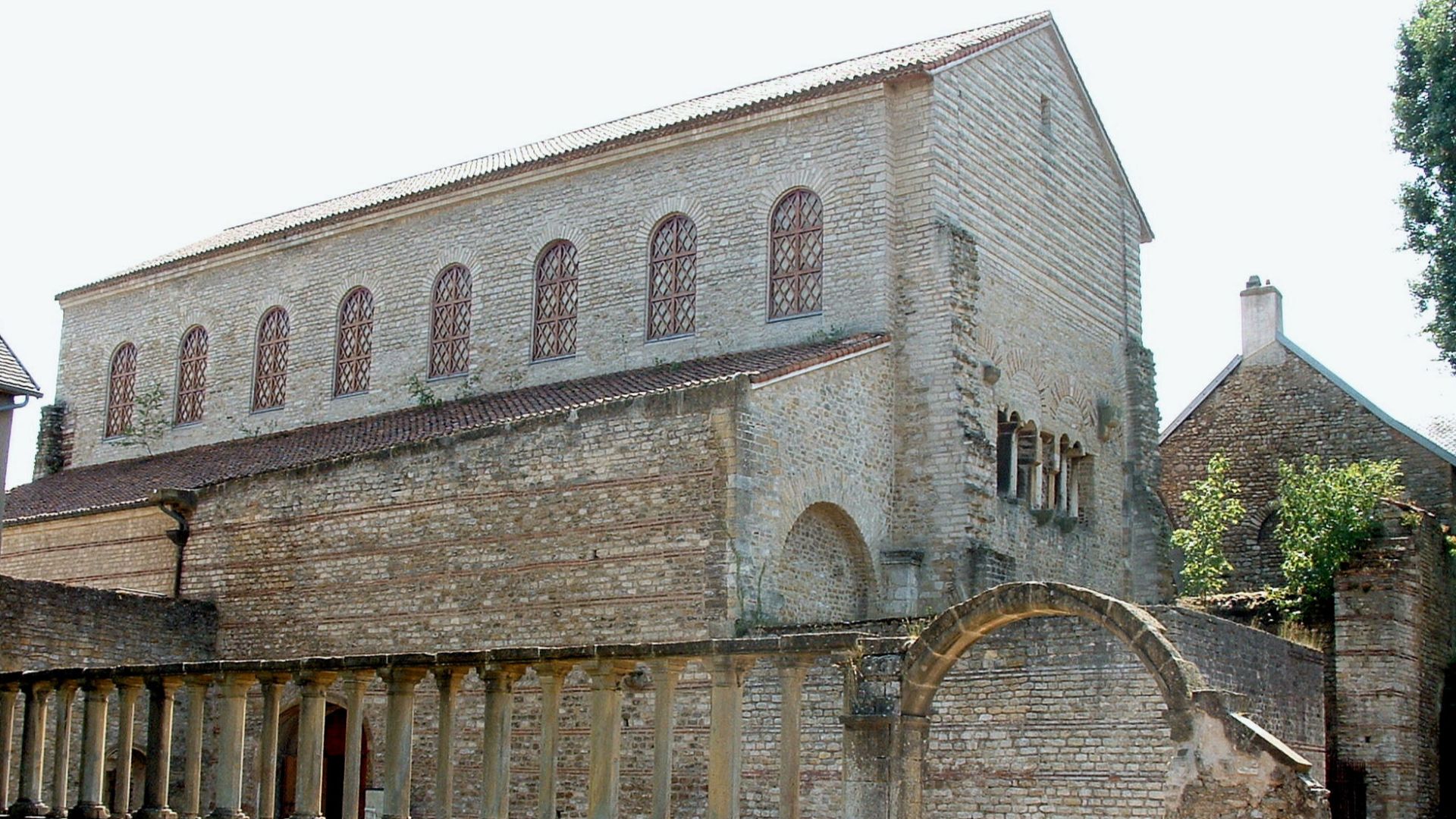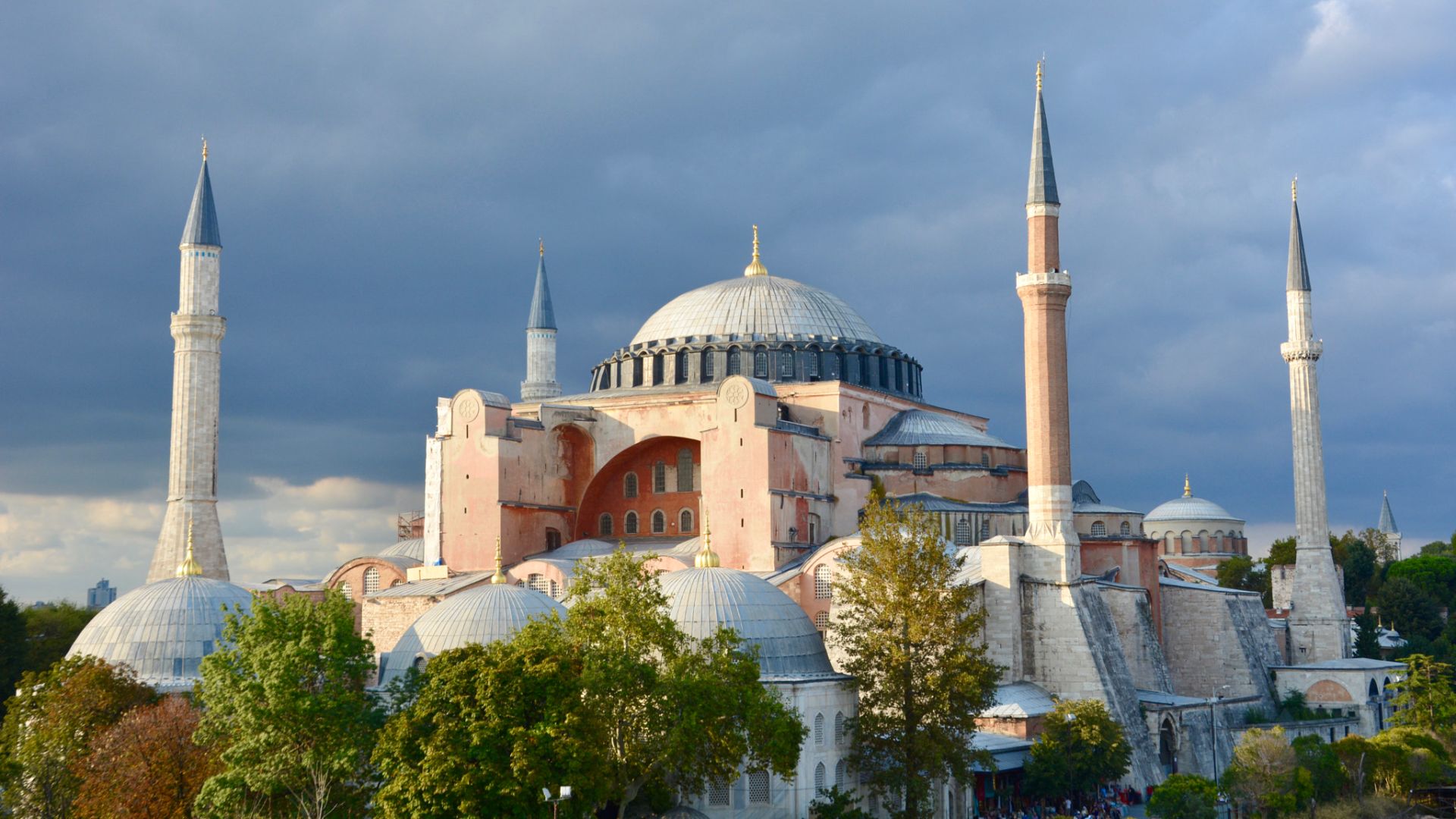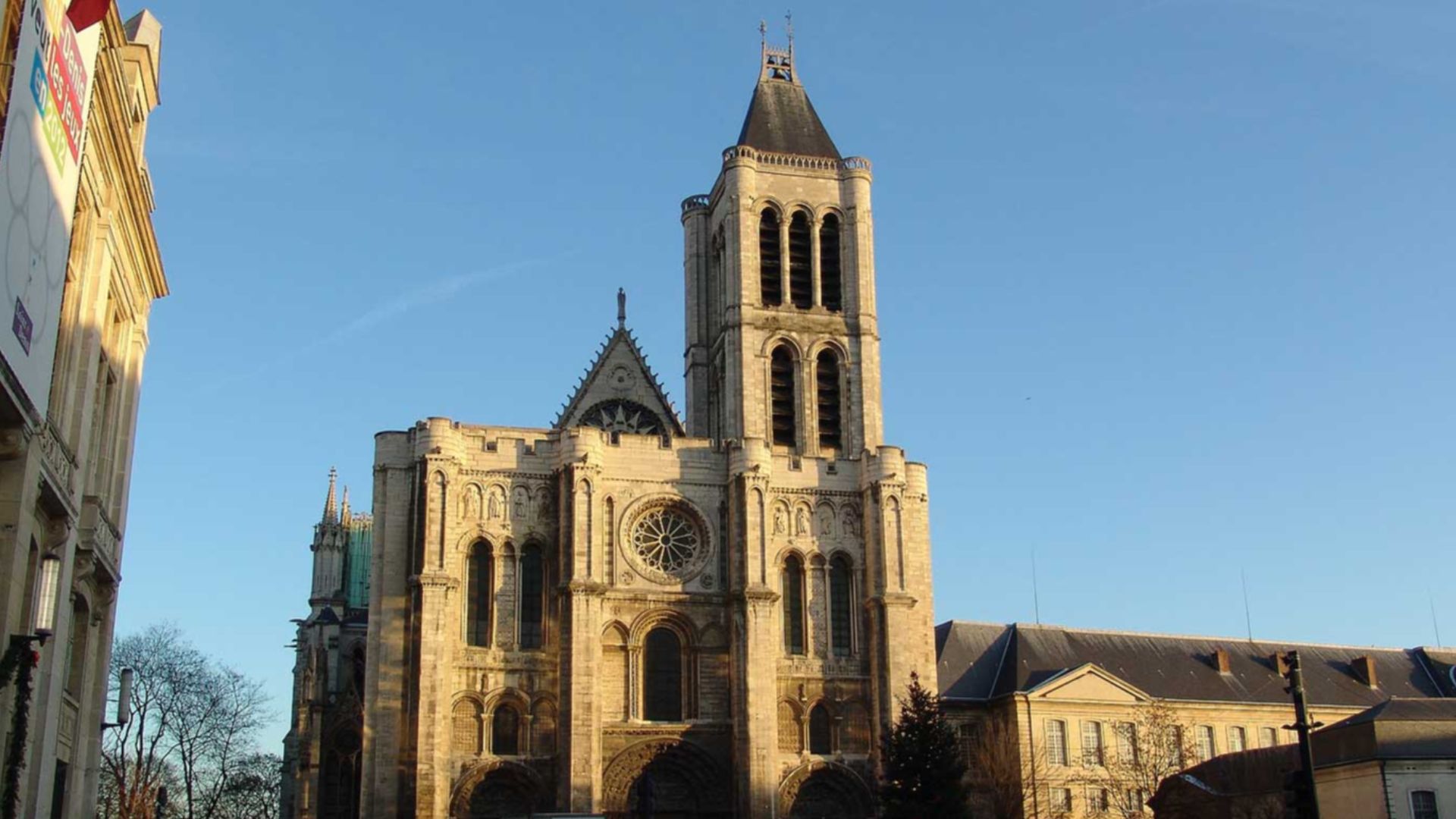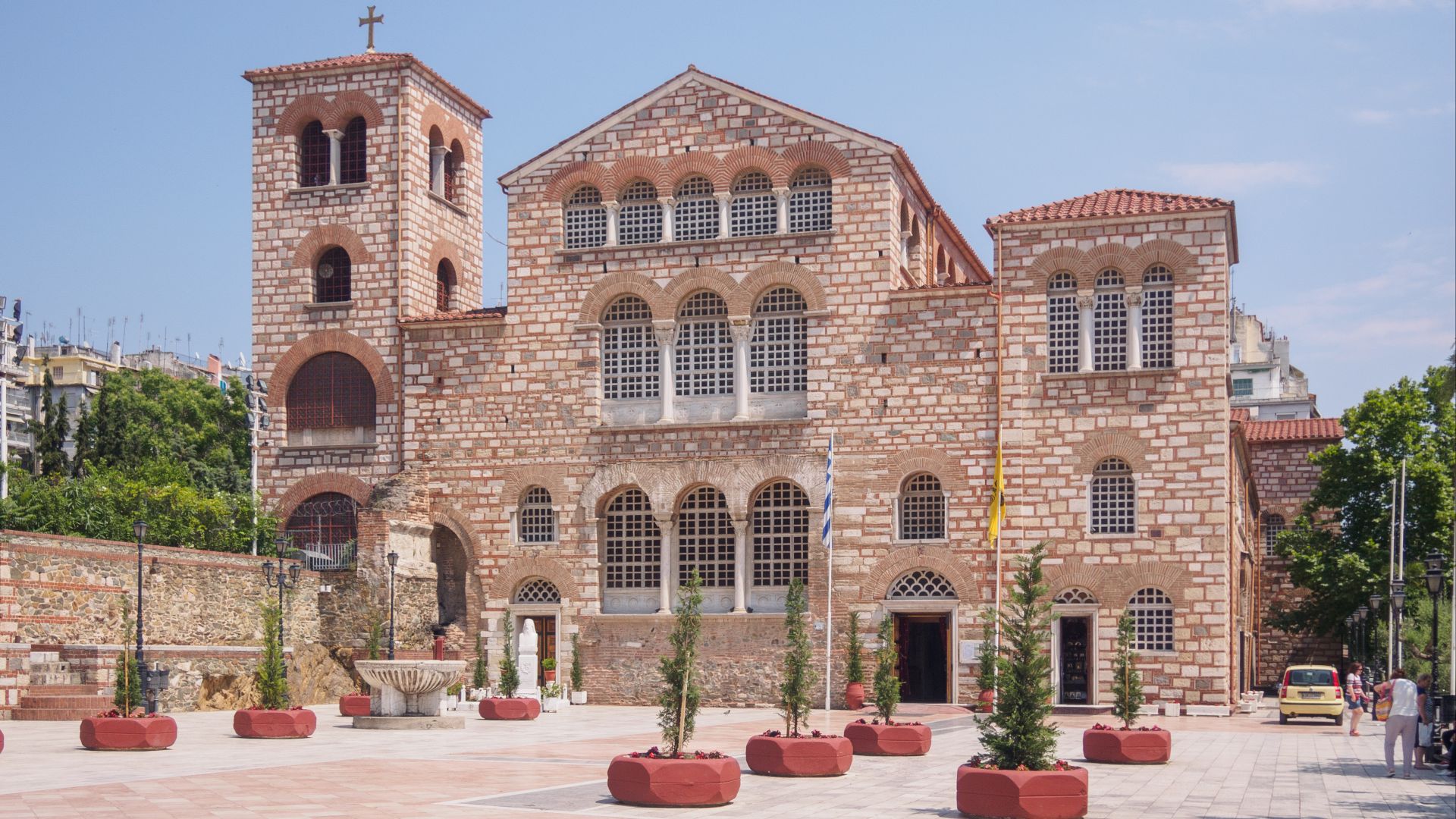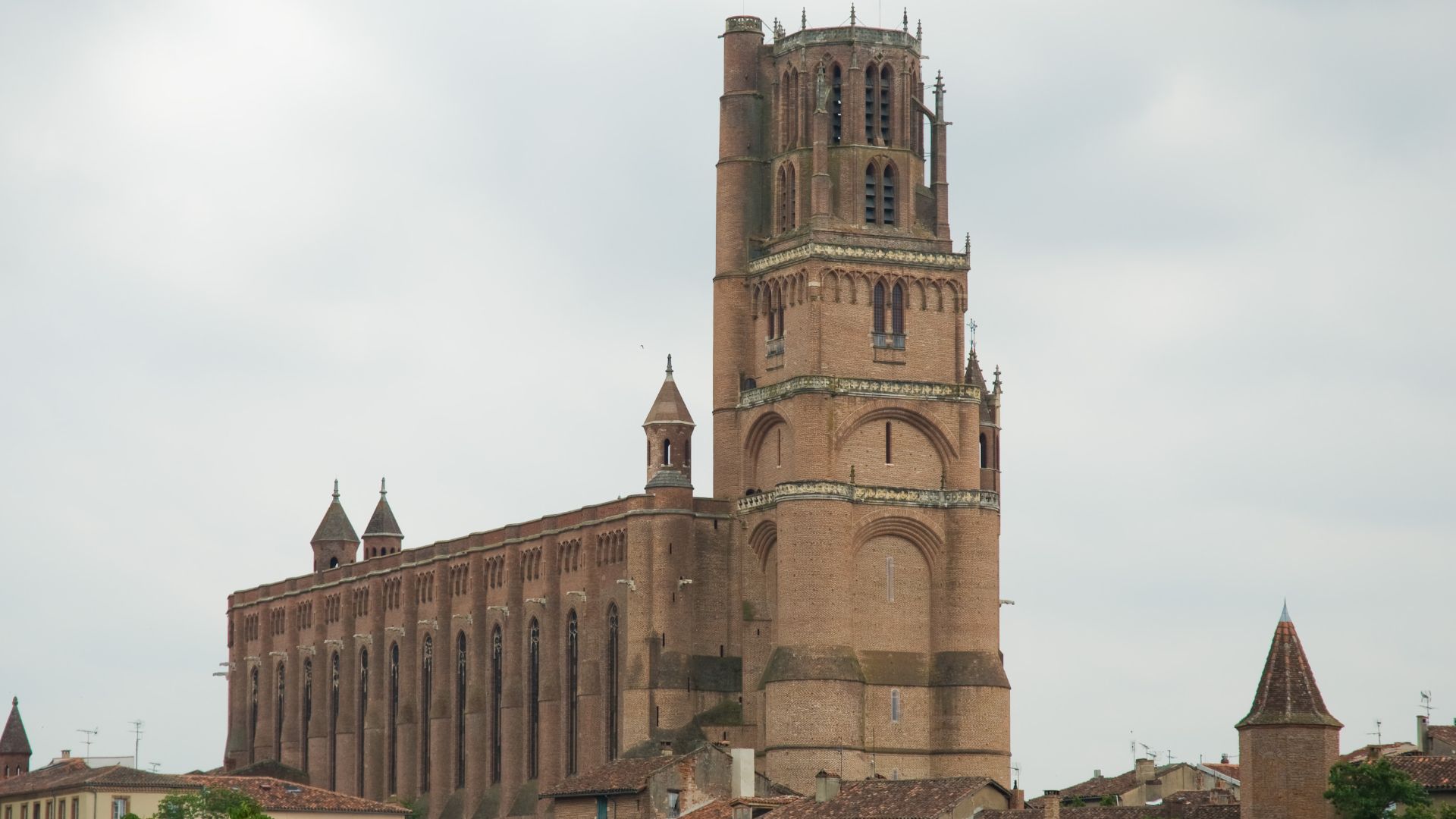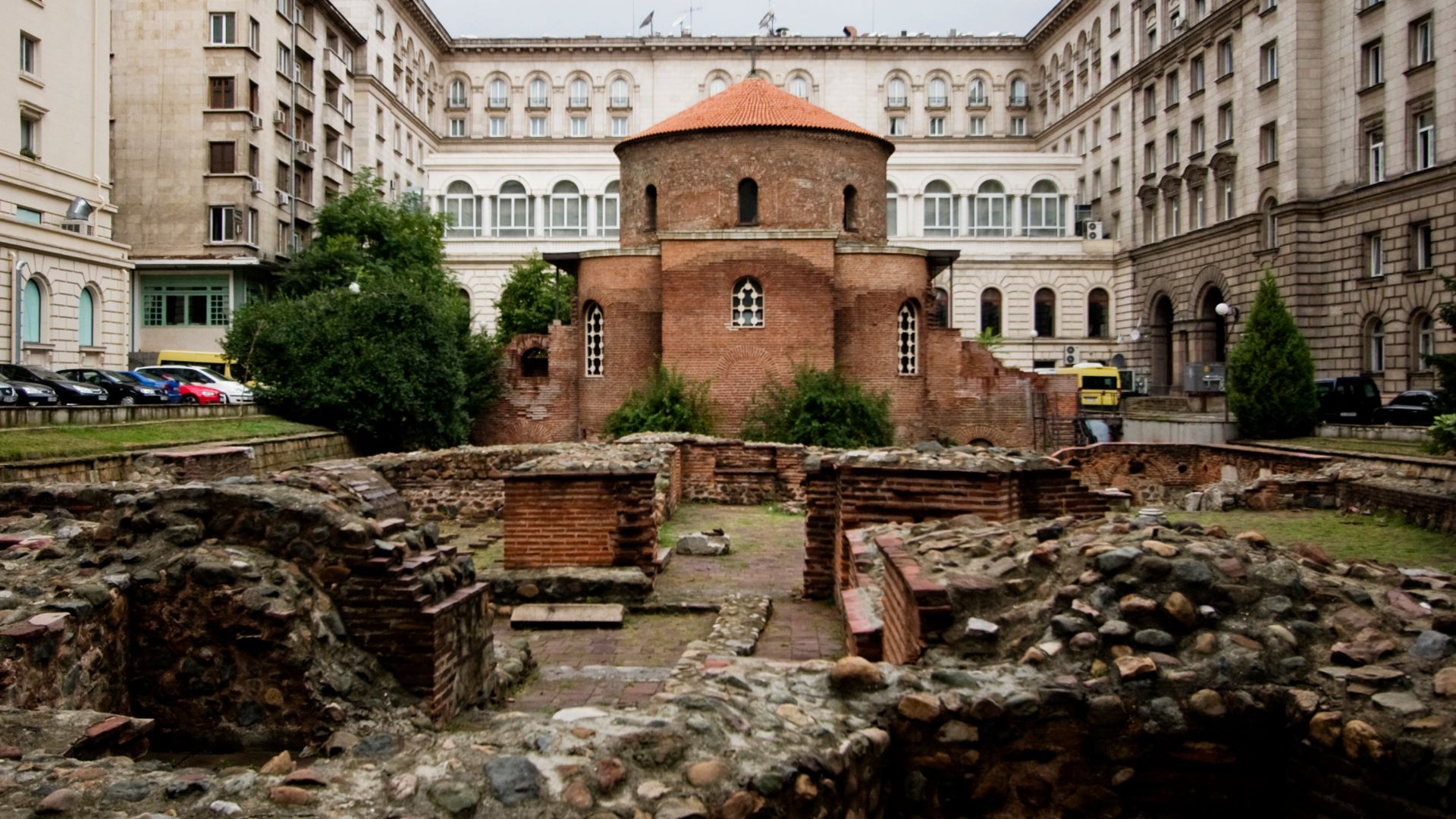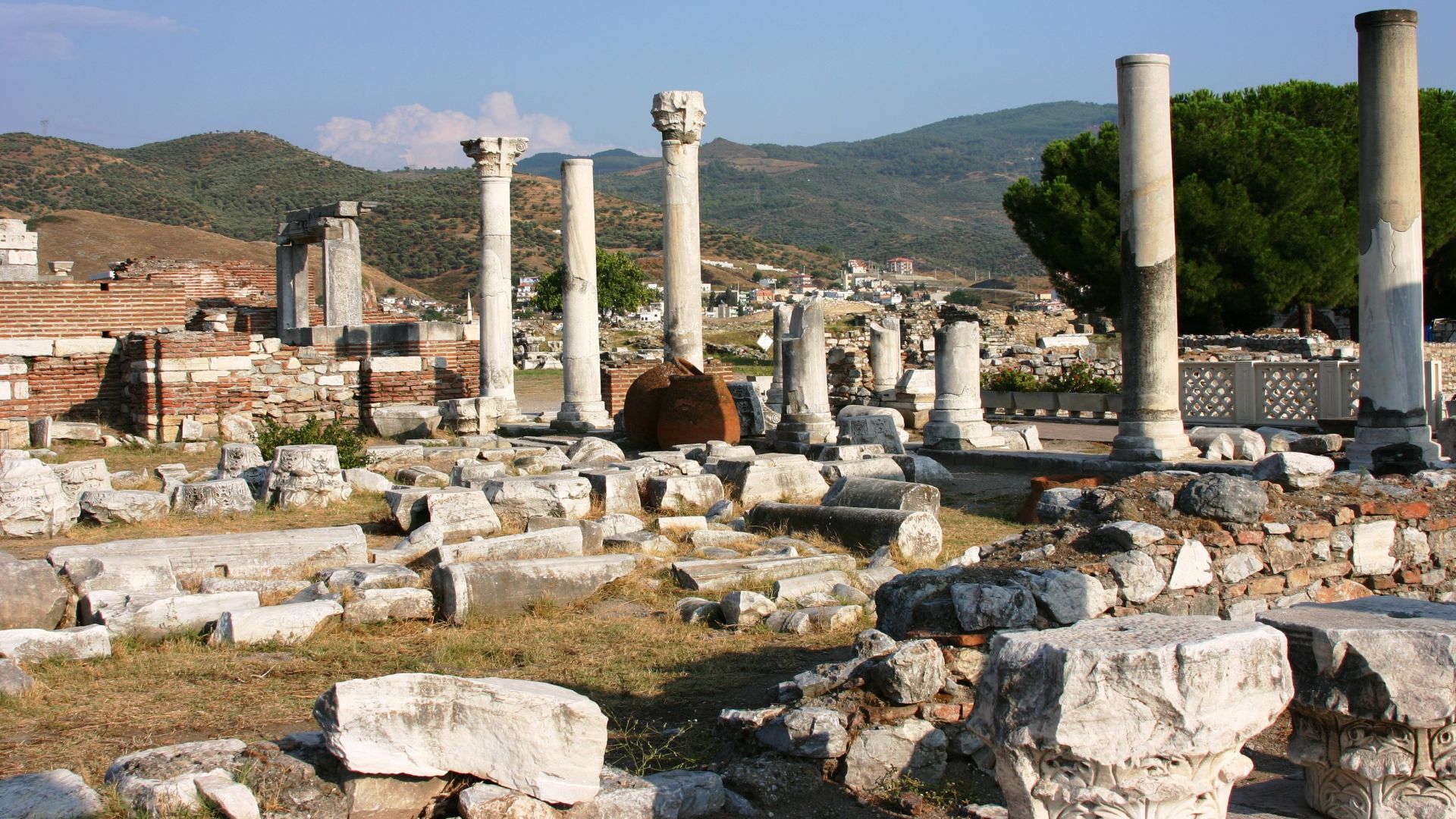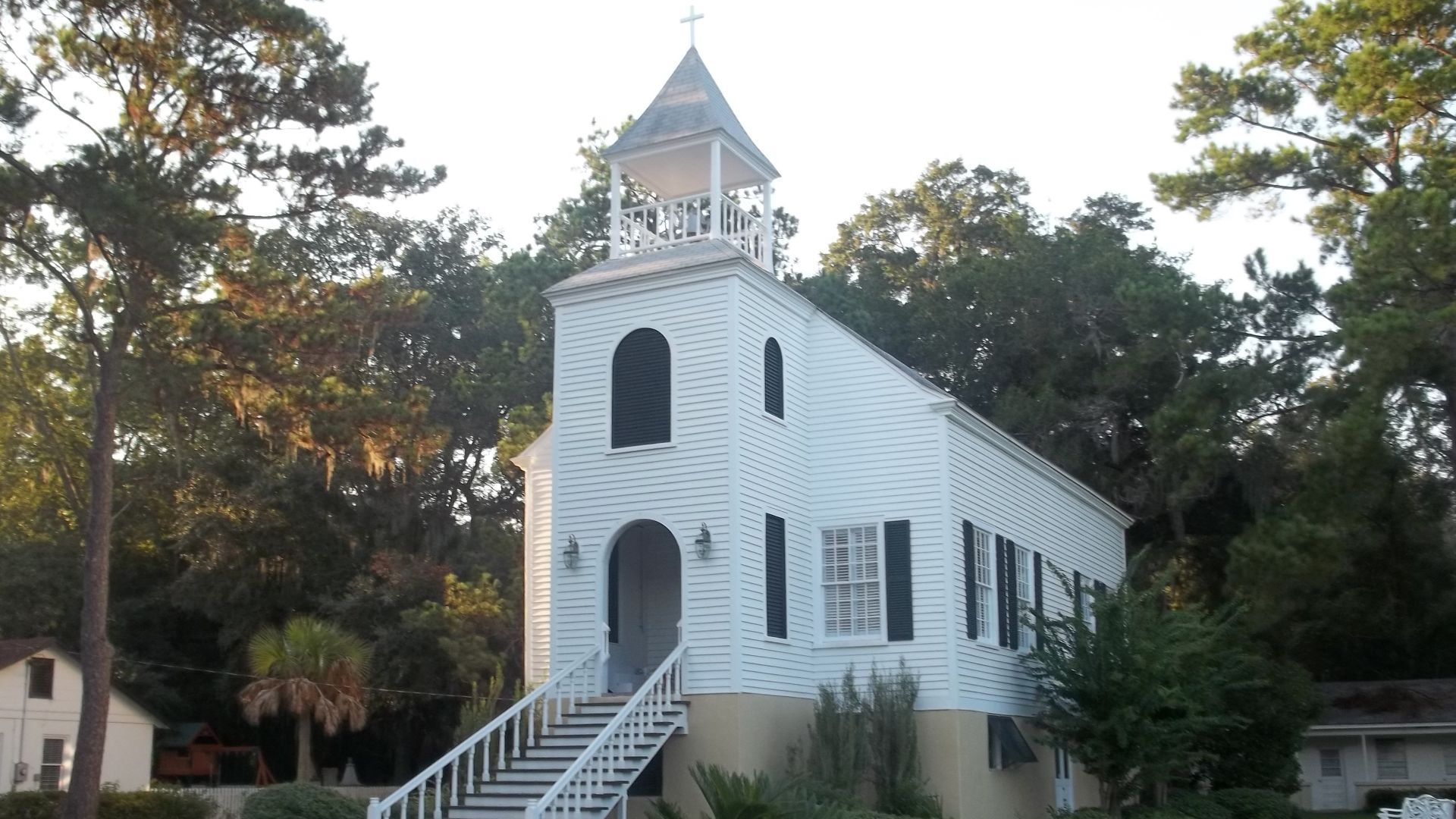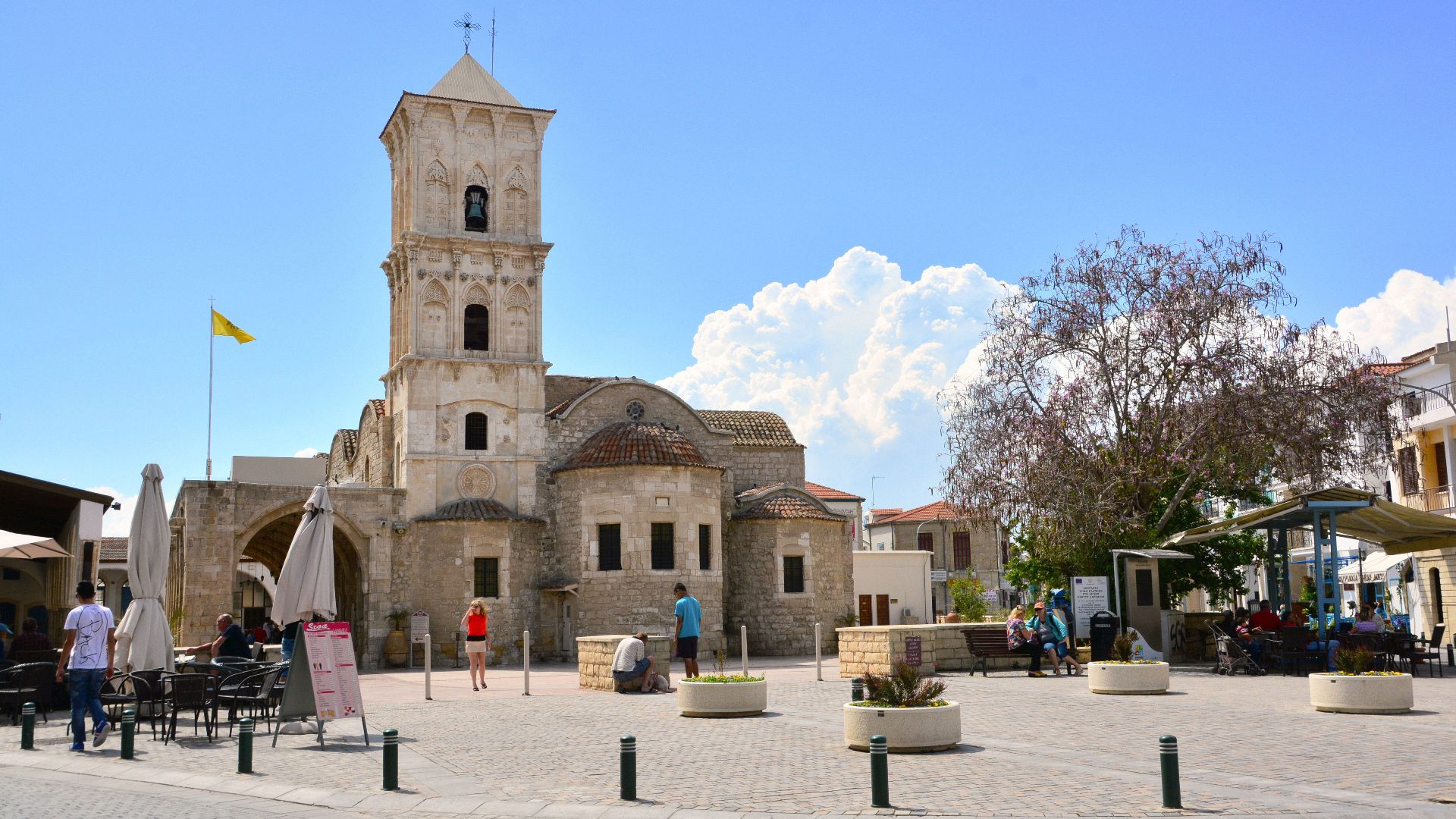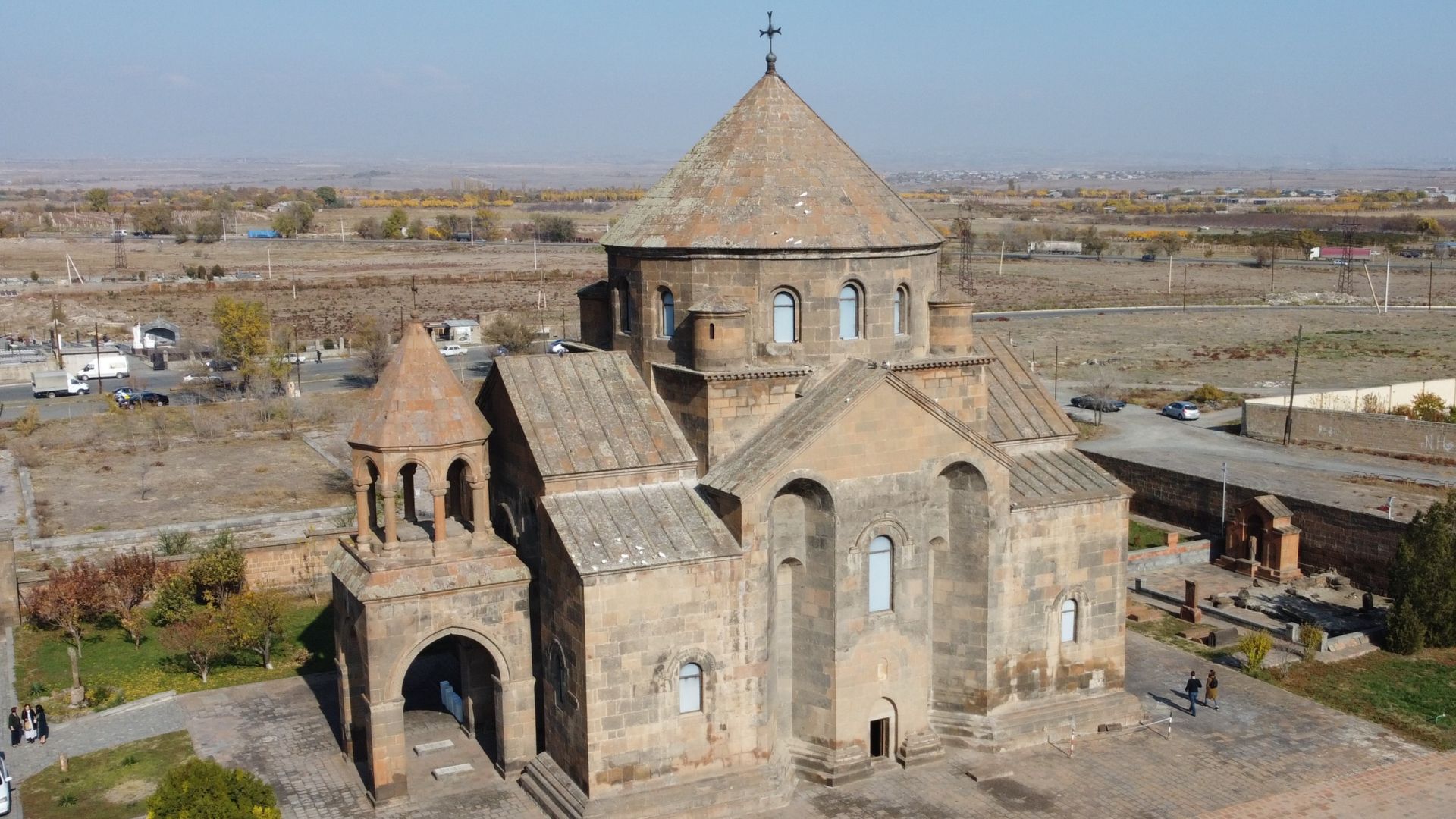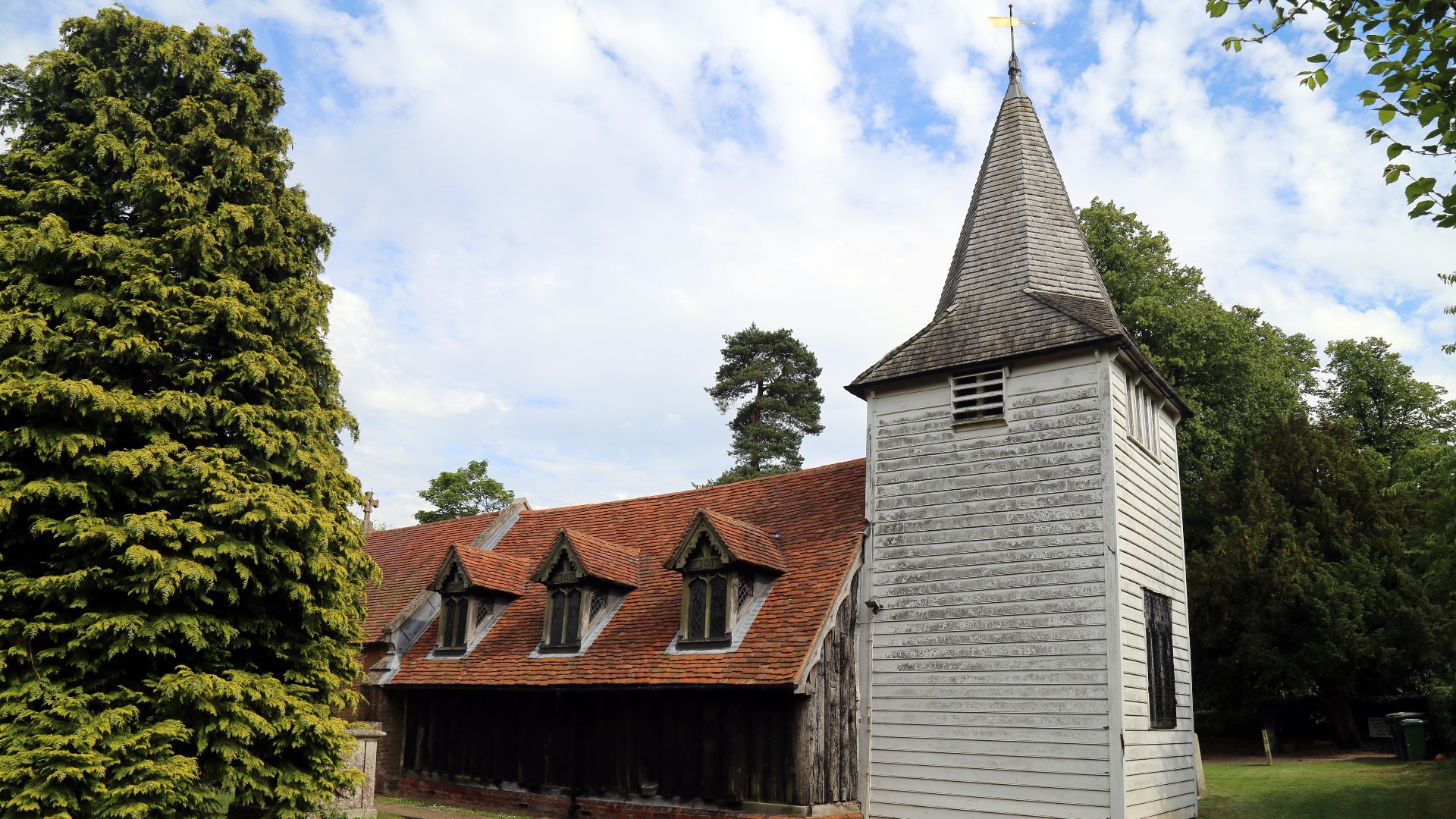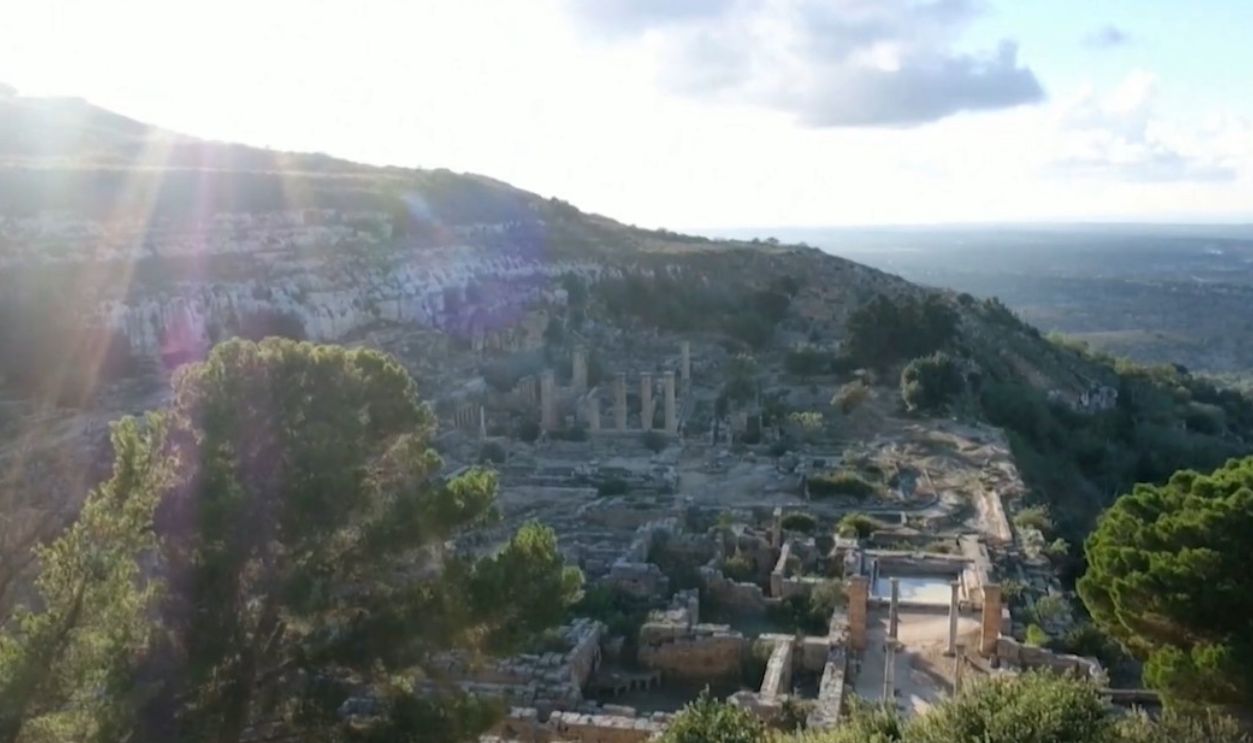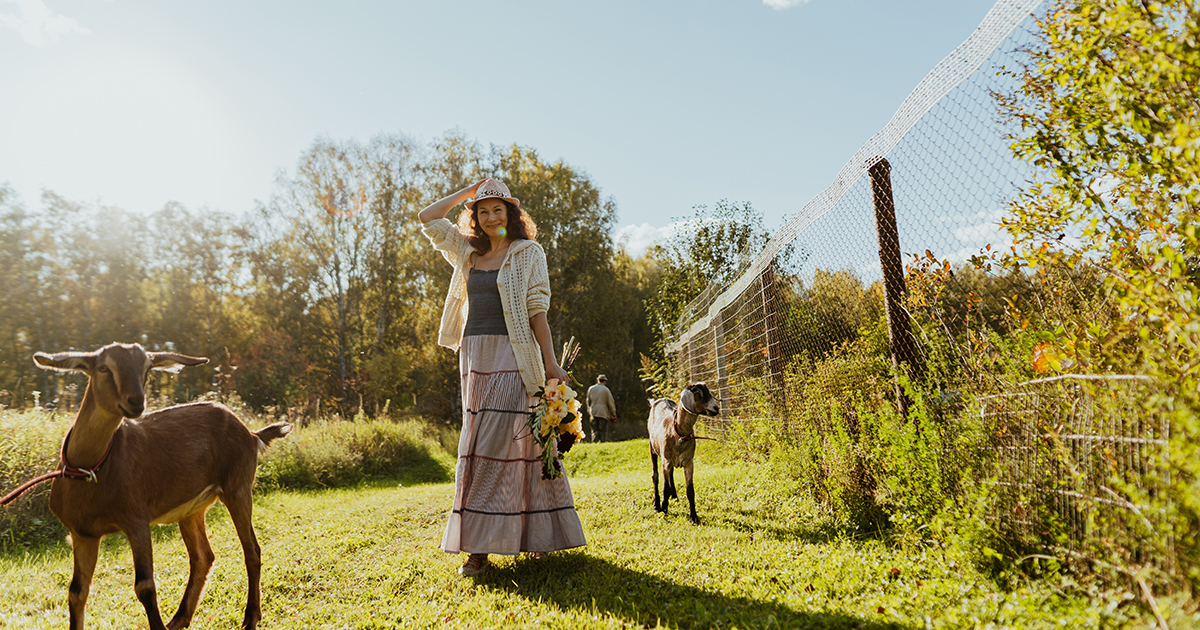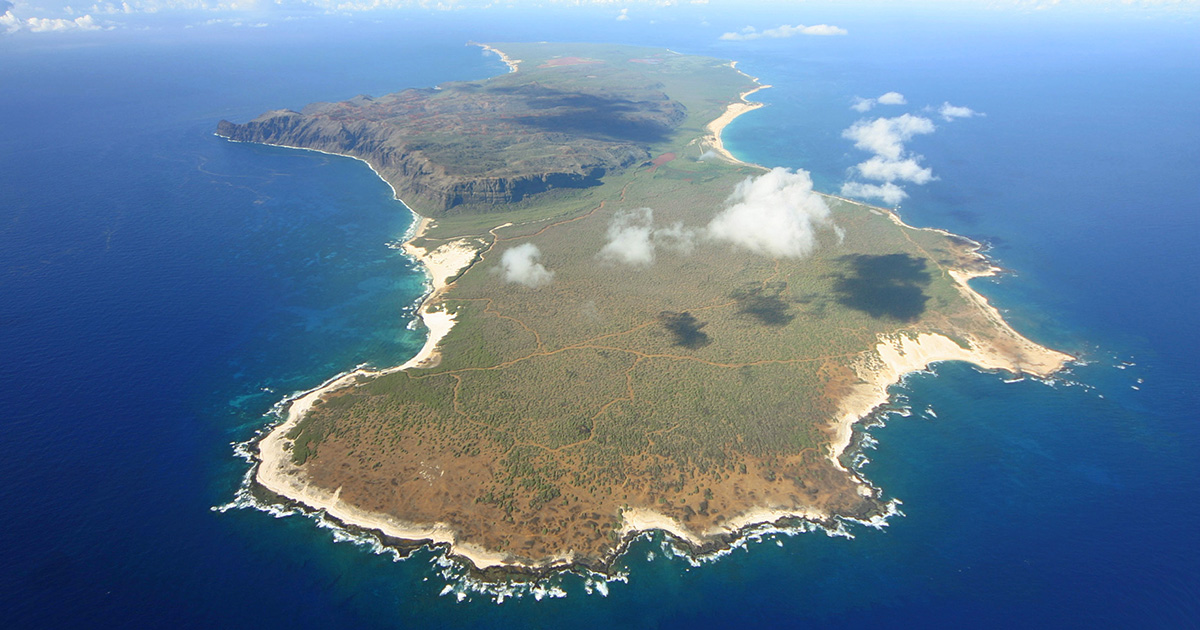Tracing Christianity's Path Through 44 Sacred Spaces
Christianity traveled across continents, quietly leaving behind stories hidden inside ancient churches. With its paintings or stone carvings, each church helps tell how Christianity started and grew through time.
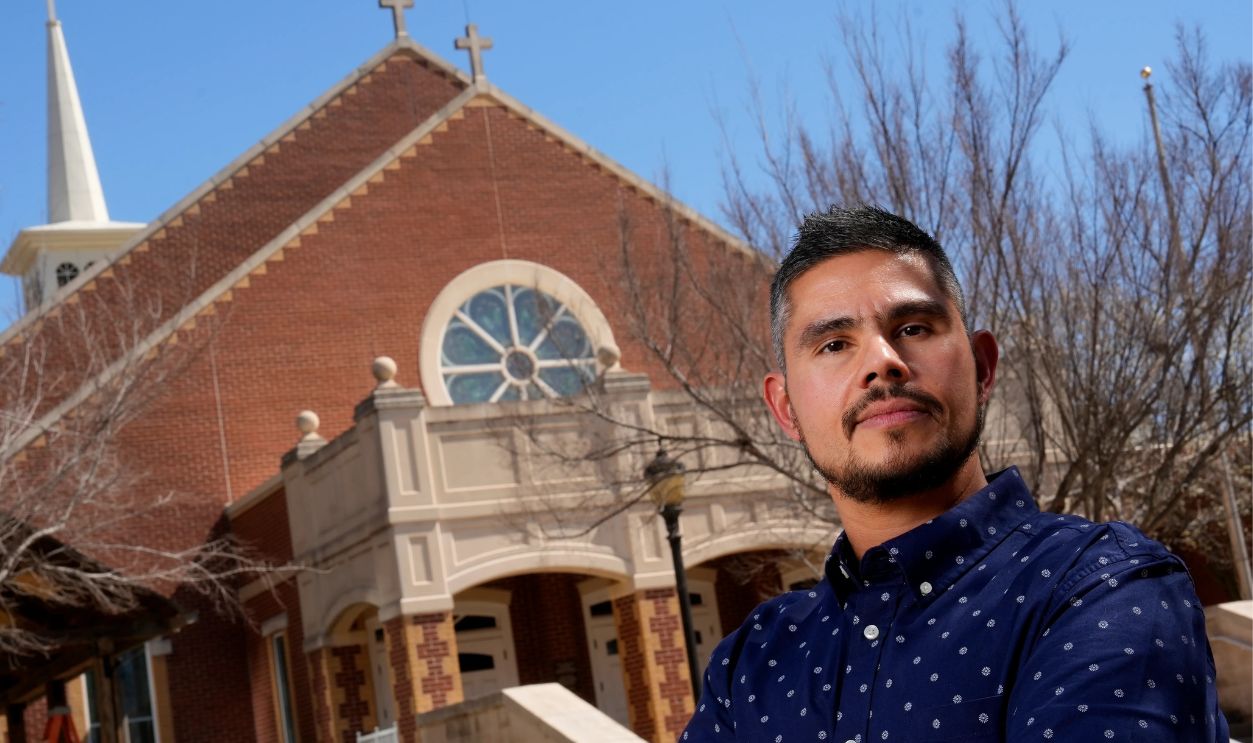
Etchmiadzin Cathedral, Armenia
Etchmiadzin Cathedral was built in 301 AD, soon after Armenia embraced Christianity. As one of the earliest Christian structures, its graceful arches and worn stones still echo the beginnings of a new faith. Today, it remains a significant symbol of Armenia's spiritual identity.
Dura-Europos Church, Syria
Around 233 AD, Christians met secretly in homes like the Dura-Europos Church. Its walls display some of the oldest Bible-themed paintings. These vivid images offer a special look into the simple, hidden places where early Christians gathered quietly to practice their faith.
Megiddo Church, Israel
Megiddo Church, built around 230 AD, revealed beautifully detailed mosaic floors and hidden inscriptions that caught historians' attention. These findings showed that organized Christian worship was already happening earlier than scholars once believed. It offers important context for how early Christian communities developed.
 Archeological Evidence Of The Oldest Church Ever Discovered In Megiddo Israel by bbew Ecurb
Archeological Evidence Of The Oldest Church Ever Discovered In Megiddo Israel by bbew Ecurb
Aqaba Church, Jordan
A shift signaled a move away from hidden gatherings as Christians expressed their faith more openly and confidently. Aqaba Church's remains now reveal this change. Built around 300 AD, it marked a turning point, and unlike earlier spaces, it was designed as a Christian place of worship.
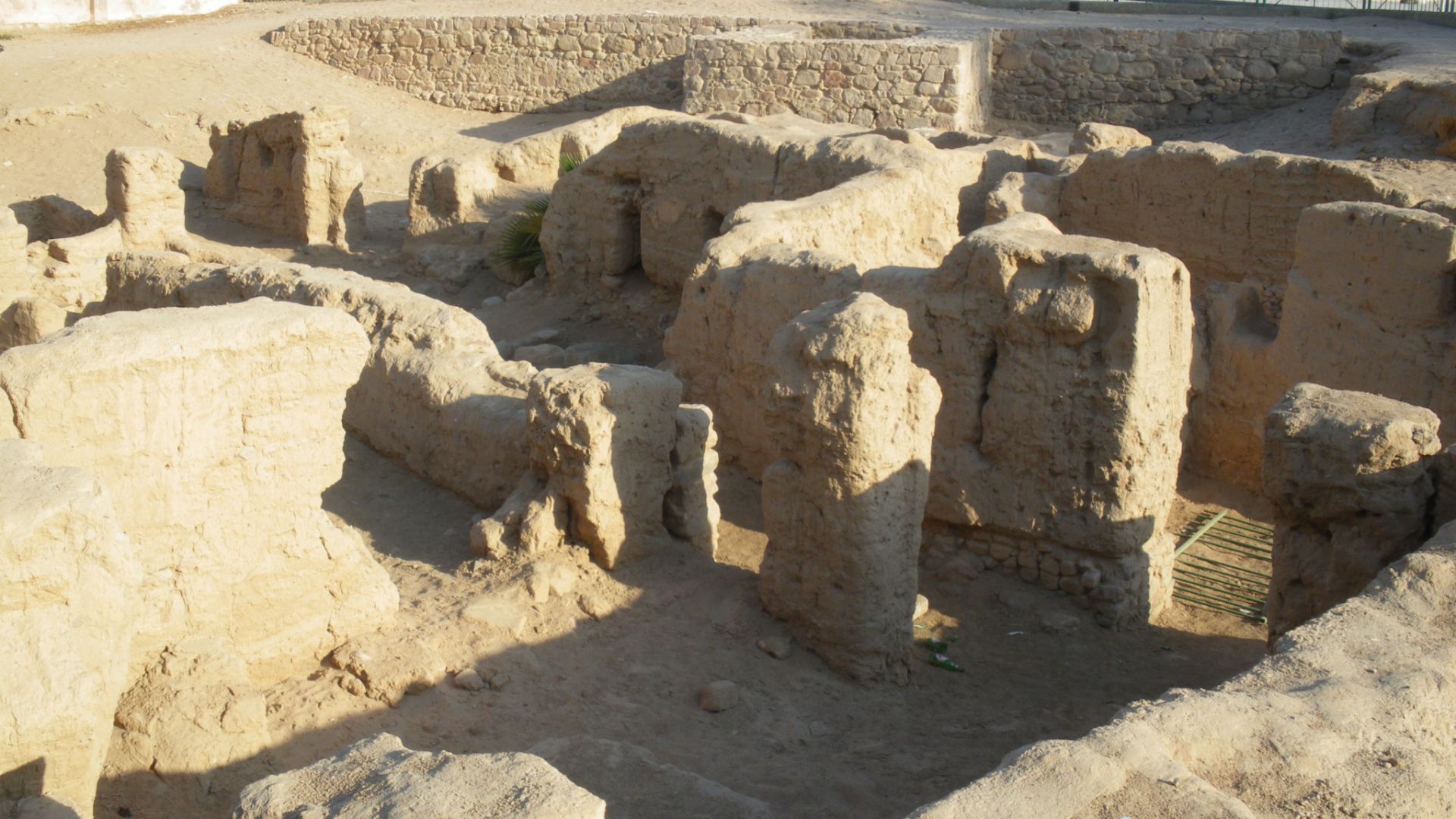 Utilisateur:Bel Adone, Wikimedia Commons
Utilisateur:Bel Adone, Wikimedia Commons
Our Lady Mary Of Zion, Ethiopia
Standing since the 4th century, Ethiopia’s Church of Our Lady Mary of Zion carries immense spiritual weight. Believed by many to guard the Ark of the Covenant, it weaves faith and national identity into one sacred site. Its mystery still brings hearts far beyond Ethiopia’s borders.
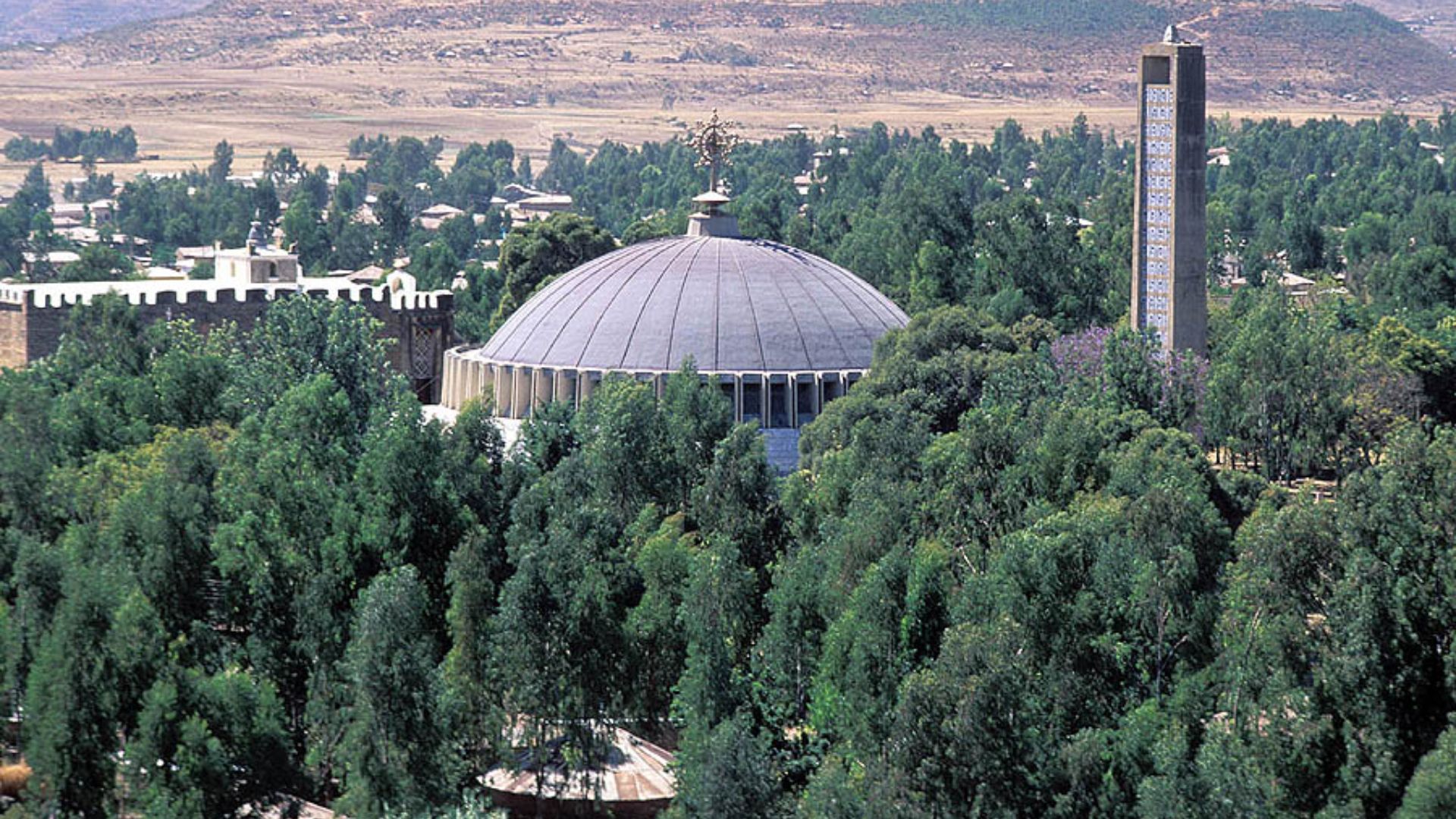 Jialiang Gao www.peace-on-earth.org, Wikimedia Commons
Jialiang Gao www.peace-on-earth.org, Wikimedia Commons
Saint Simeon Stylites, Syria
In the 5th century, followers built the Church of Saint Simeon Stylites to honor a man famous for living atop a pillar. Today, visitors explore its arches and pillars, amazed by how devotion inspired such a unique church built around a remarkable act of faith.
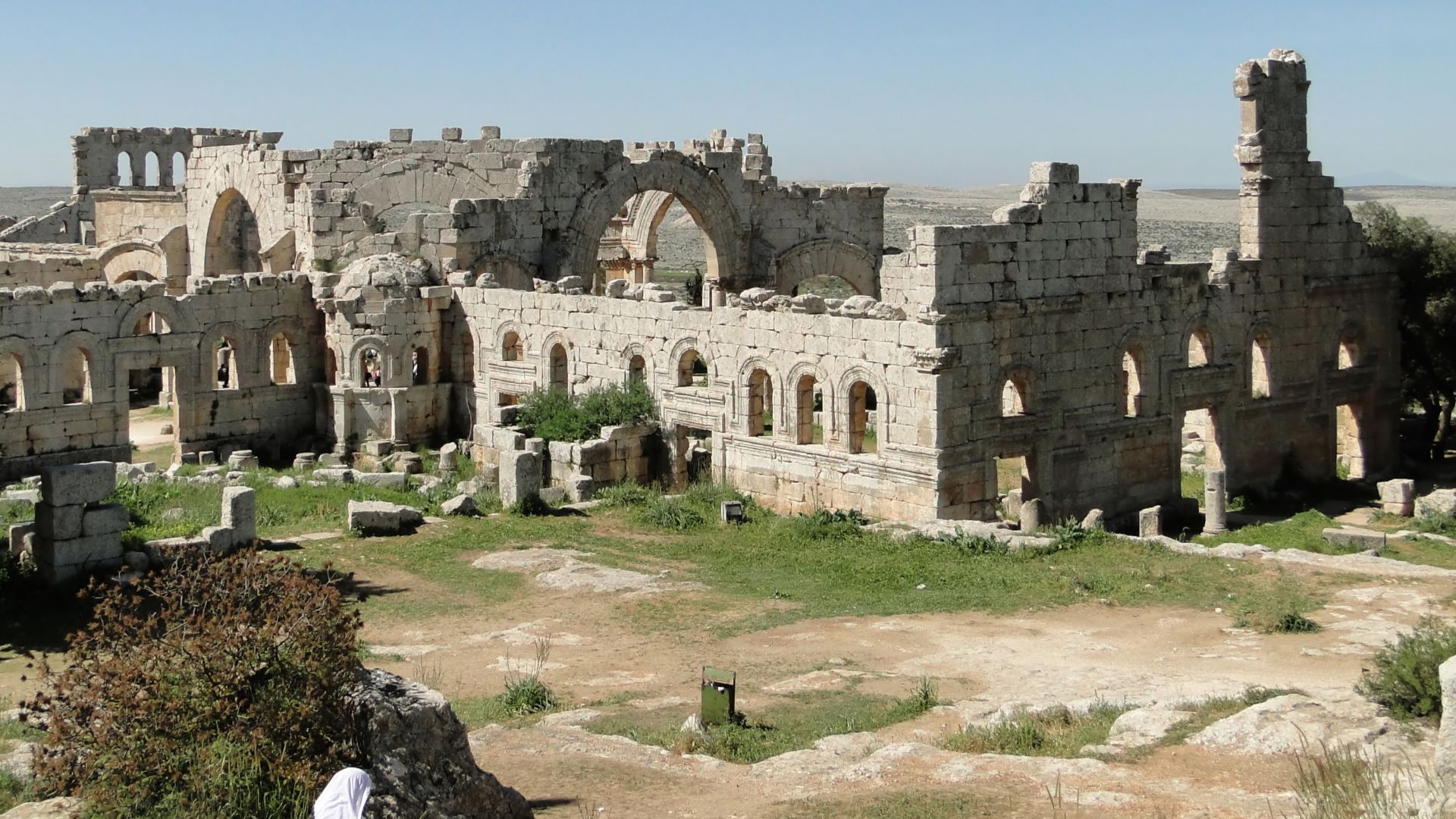 Bernard Gagnon, Wikimedia Commons
Bernard Gagnon, Wikimedia Commons
Basilica Of San Lorenzo, Italy
Milan's Basilica of San Lorenzo, built in the 4th century, clearly marks Christianity's expansion during the Roman Empire. Its dome and sturdy columns still draw visitors, who come for the architecture and connect with its centuries-old spiritual legacy.
The Nativity, Palestine
Its underground caves invite visitors to pause and reflect by offering a quiet place deeply connected to the past. Many believe the Church of the Nativity was built over Jesus' birthplace in the 4th century, which is why so many travel here to experience Christianity's roots firsthand.
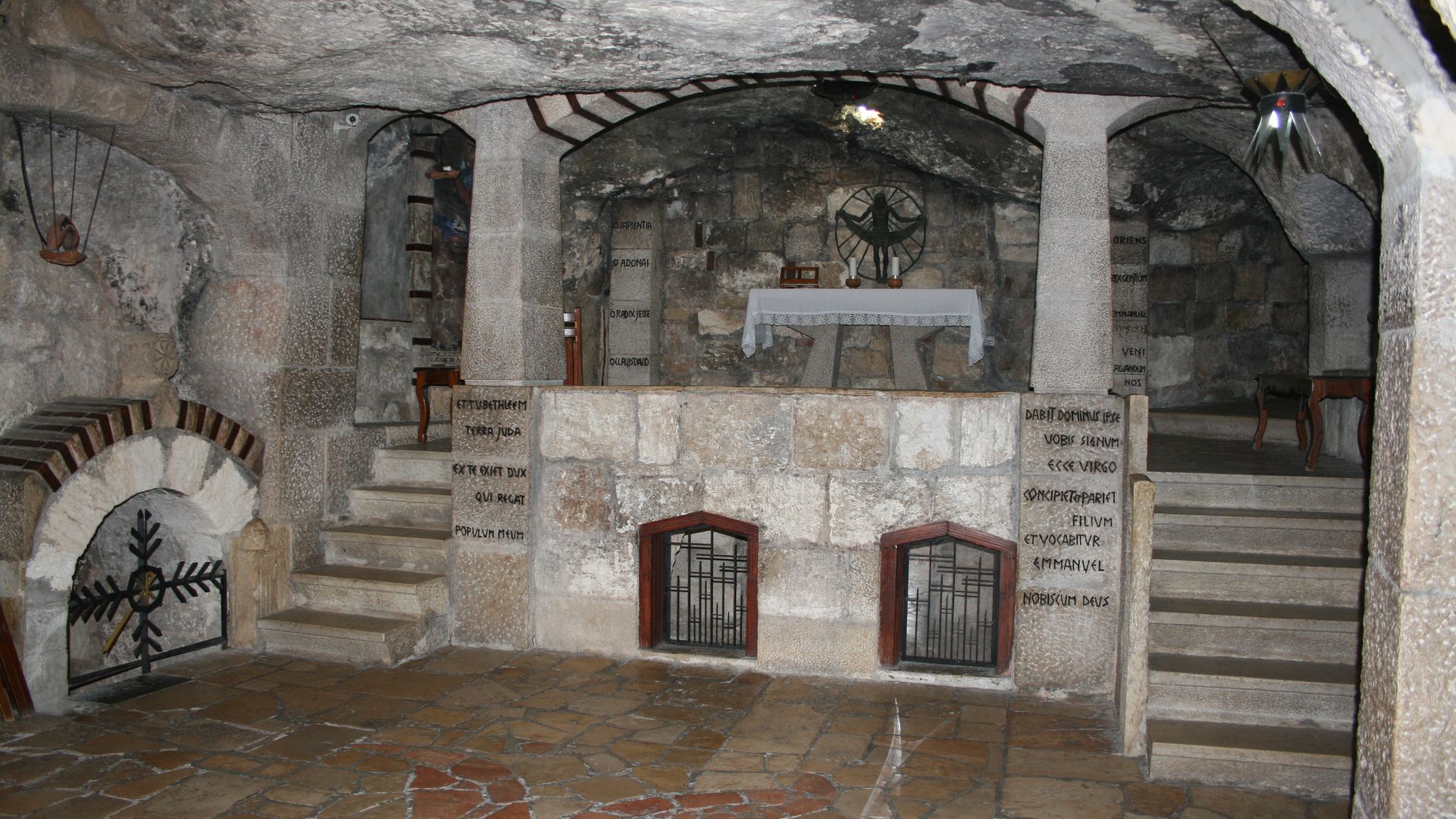 Diego Delso, Wikimedia Commons
Diego Delso, Wikimedia Commons
St Peter's Basilica, Vatican City
Constructed in the 4th century, St Peter's Basilica honors Jesus' disciple Peter. More than just a church, it's the symbolic heart of Catholic Christianity. Visitors from everywhere come to experience its history and the sense of faith it carries.
 Tomas novotny, CC BY-SA 4.0, Wikimedia Commons
Tomas novotny, CC BY-SA 4.0, Wikimedia Commons
Trier Cathedral, Germany
Trier Cathedral's strong walls and grand halls echo with centuries of worship to make it one of Europe's oldest churches. Built in the 4th century, it carries a deep sense of history. Today, many visitors feel a quiet connection to generations of faithful who once gathered here.
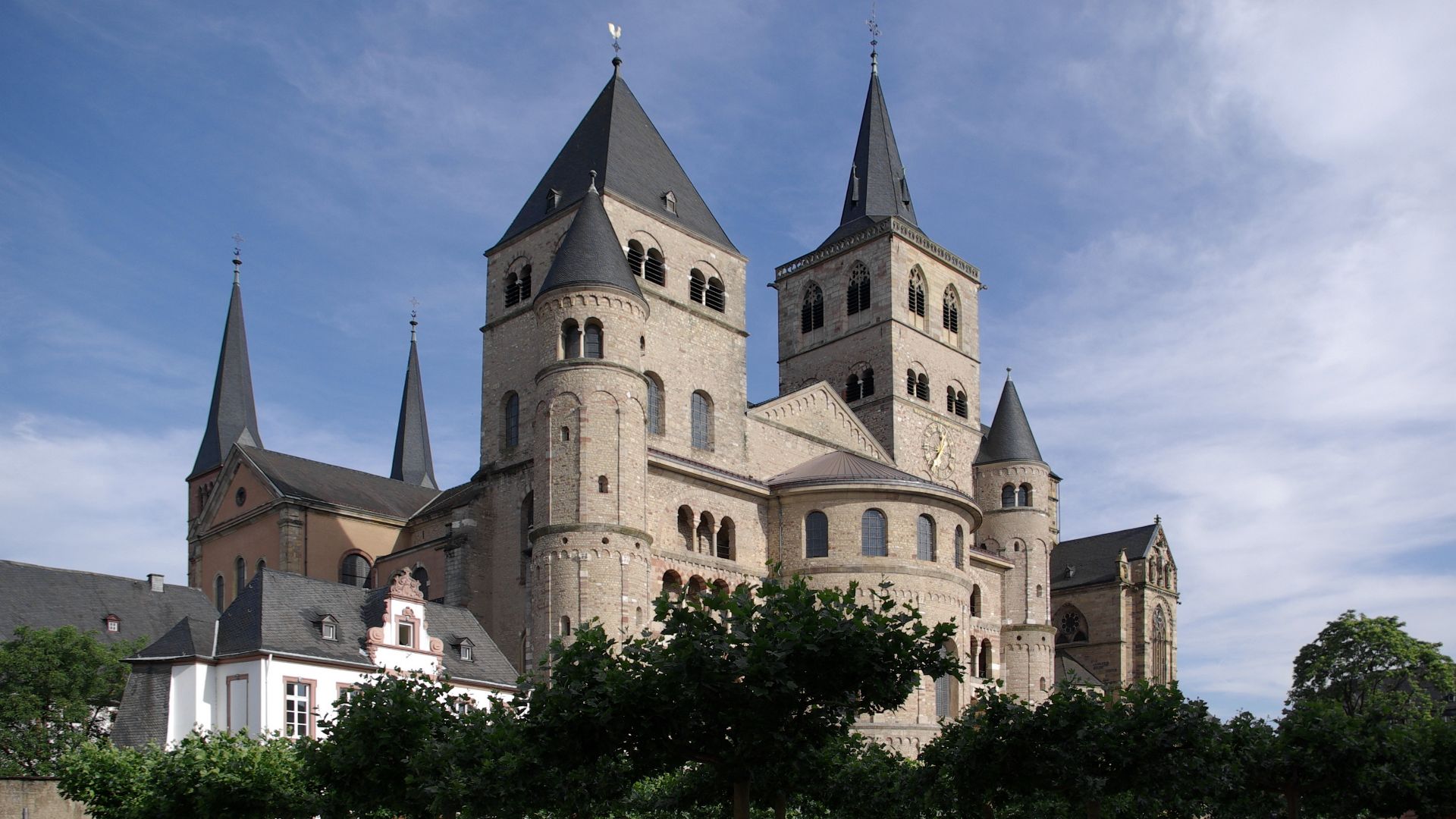 Berthold Werner, Wikimedia Commons
Berthold Werner, Wikimedia Commons
St Mary's Church, Egypt
What makes a church appear to hang in mid-air? In 3rd-century Cairo, this Coptic church was built above a Roman gatehouse to give rise to the name "Hanging Church”. Its Noah's Ark-shaped roof and ancient icons show how African Christianity stood firm through centuries of change.
Saint Thaddeus, Iran
Some believe the Church of Saint Thaddeus traces back to AD 66, but the current structure mainly reflects later rebuilds, especially from the 10th century. Its stark black-and-white stone pattern stands out in Iran's terrain by preserving Armenian Christian heritage deep within a predominantly Islamic region.
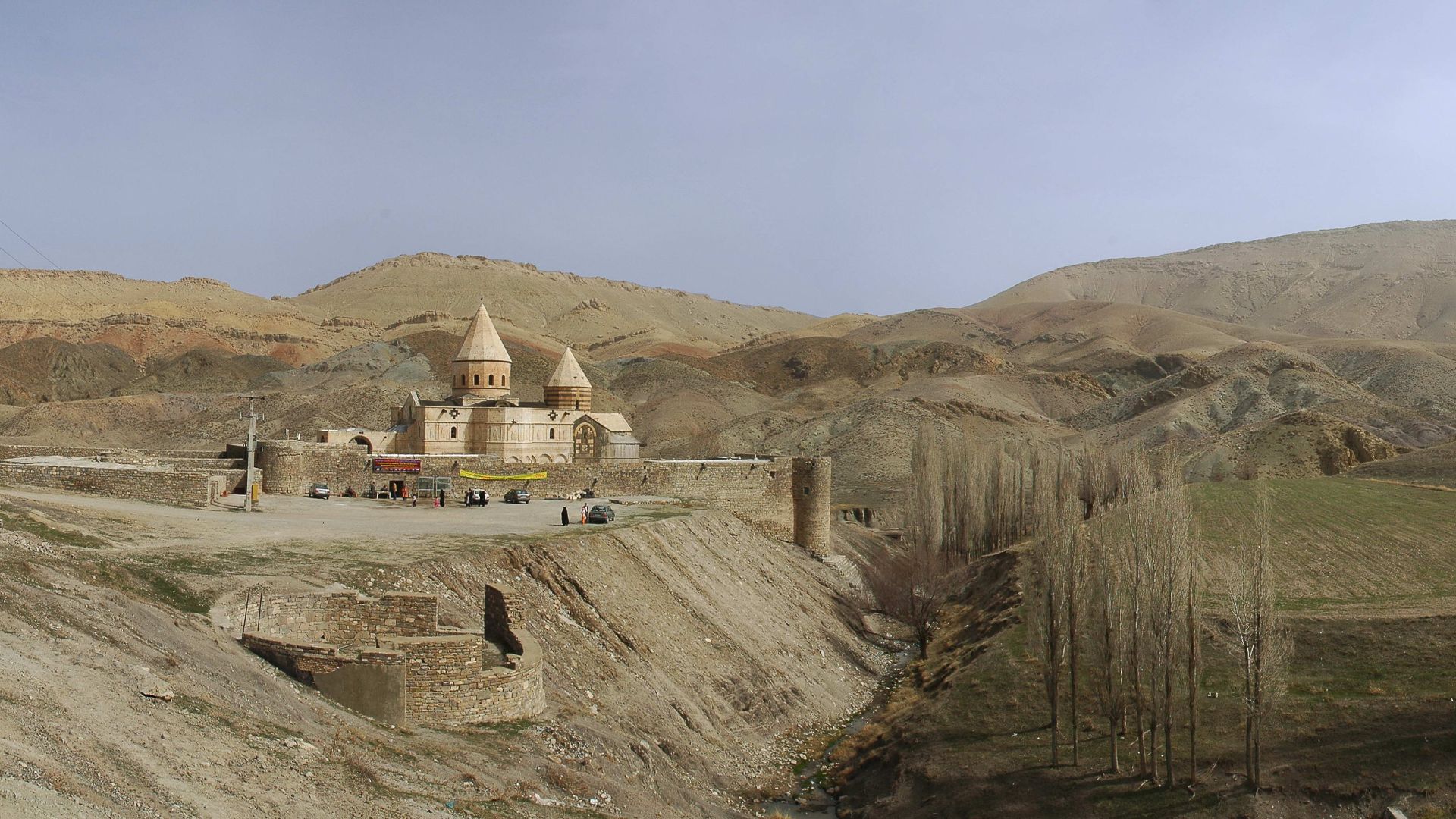 Nicola e Pina in Iran 2008, Wikimedia Commons
Nicola e Pina in Iran 2008, Wikimedia Commons
The Multiplication, Israel
This church in Tabgha marks where Jesus is said to have fed thousands with loaves and fish. Rebuilt over a 4th-century foundation, it features detailed mosaics, including one of a bread basket with fish. Pilgrims visit to reflect on generosity and the quiet miracles of faith.
The Holy Sepulchre, Israel
Constructed during the 4th century, this Jerusalem site draws millions searching for a deeper connection to Christ's final steps. Known as the Church of the Holy Sepulchre, it's believed to mark both the crucifixion and resurrection, with a layered history carved into every stone.
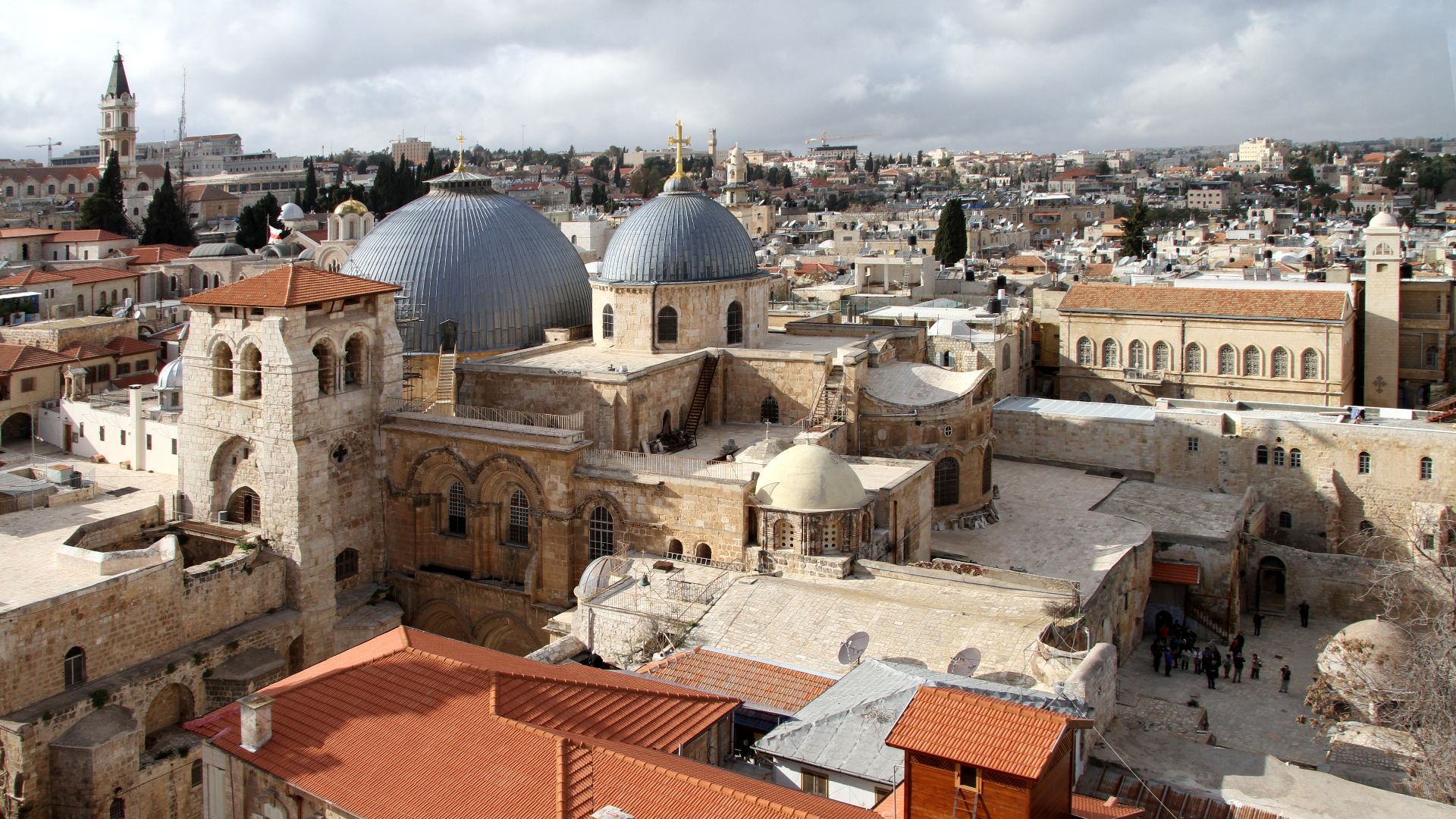 Gerd Eichmann, Wikimedia Commons
Gerd Eichmann, Wikimedia Commons
Basilica Of Saint Servatius, Netherlands
Located in Maastricht, this basilica is the final resting place of Saint Servatius, a 4th-century bishop. Though it has seen many additions, the core dates to early Christian times. The blend of Romanesque design and rich relics makes it a vital chapter in Dutch Christian history.
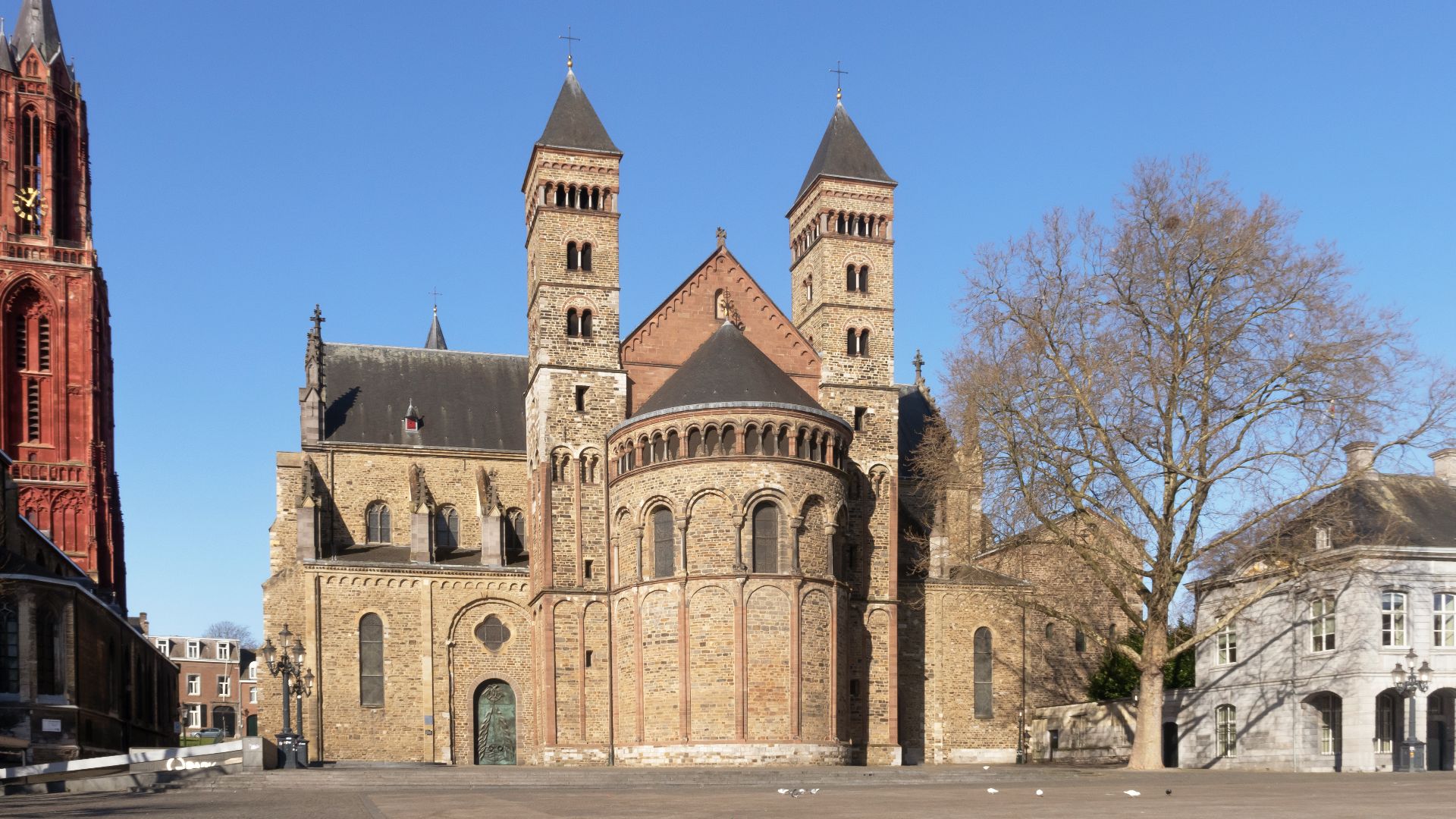 Michielverbeek, Wikimedia Commons
Michielverbeek, Wikimedia Commons
Saint-Pierre-Aux-Nonnains Basilica, France.
Early Christianity didn't always build from scratch; sometimes, it reshaped what existed. This 7th-century church in France began as a Roman gymnasium, and its reused stonework shows how believers worked within changing empires to make space for worship and growth across shifting European cultures.
St Martin's Church, Germany
One of the oldest churches in Cologne, St Martin's, has stood since Roman times. Though rebuilt and expanded over the centuries, its original foundation shows how early Christian communities emerged alongside Roman settlements to blend old empire remnants with new beliefs.
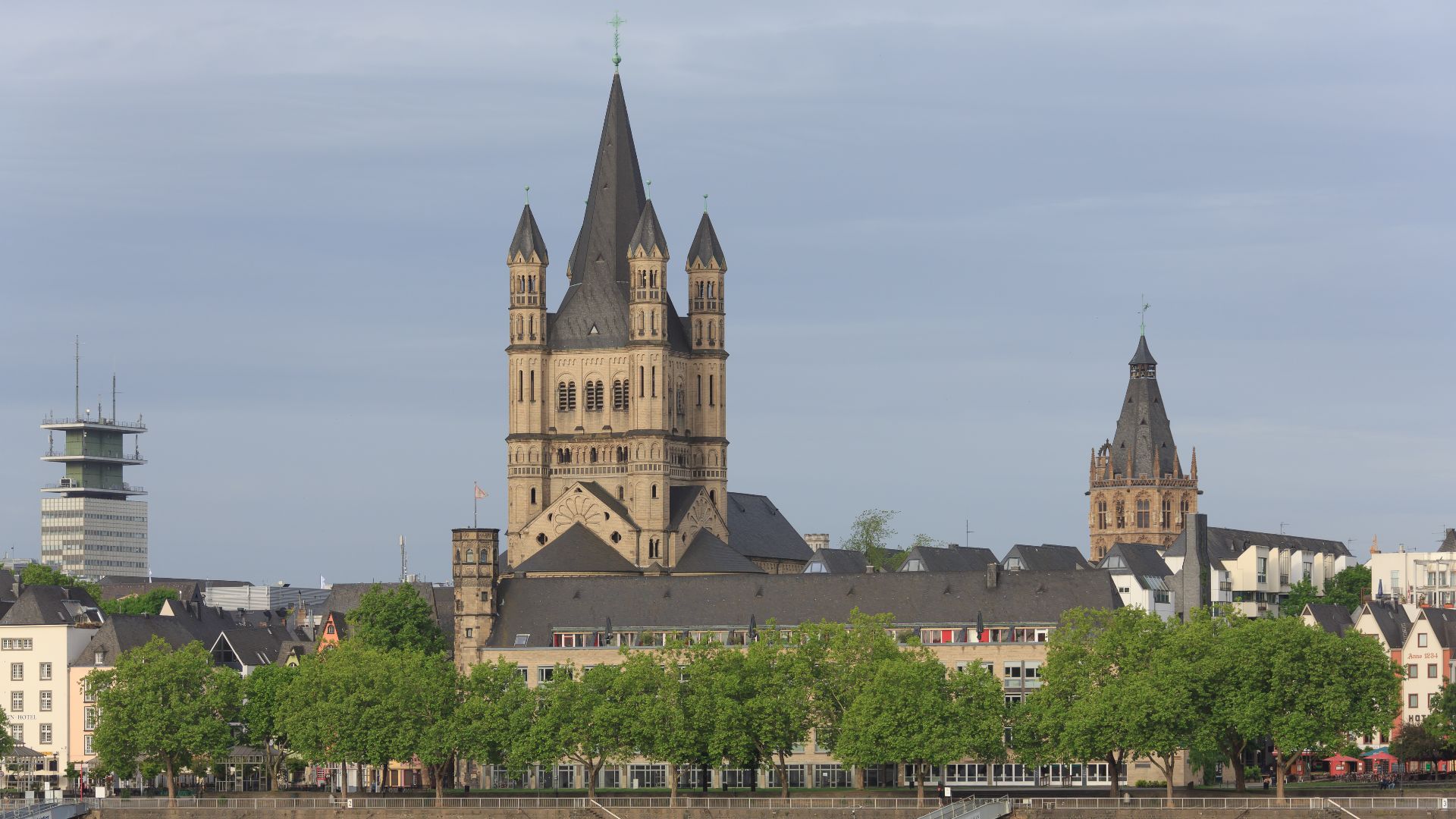 CEphoto, Uwe Aranas, Wikimedia Commons
CEphoto, Uwe Aranas, Wikimedia Commons
Church Of Saint George, Ethiopia
When Ethiopian Christians couldn't safely reach Jerusalem, they looked inward—and downward. In the 12th century, they carved a church directly into the ground at Lalibela to form a cross shape seen from above. This rock-hewn marvel is a powerful symbol of determination and sacred identity.
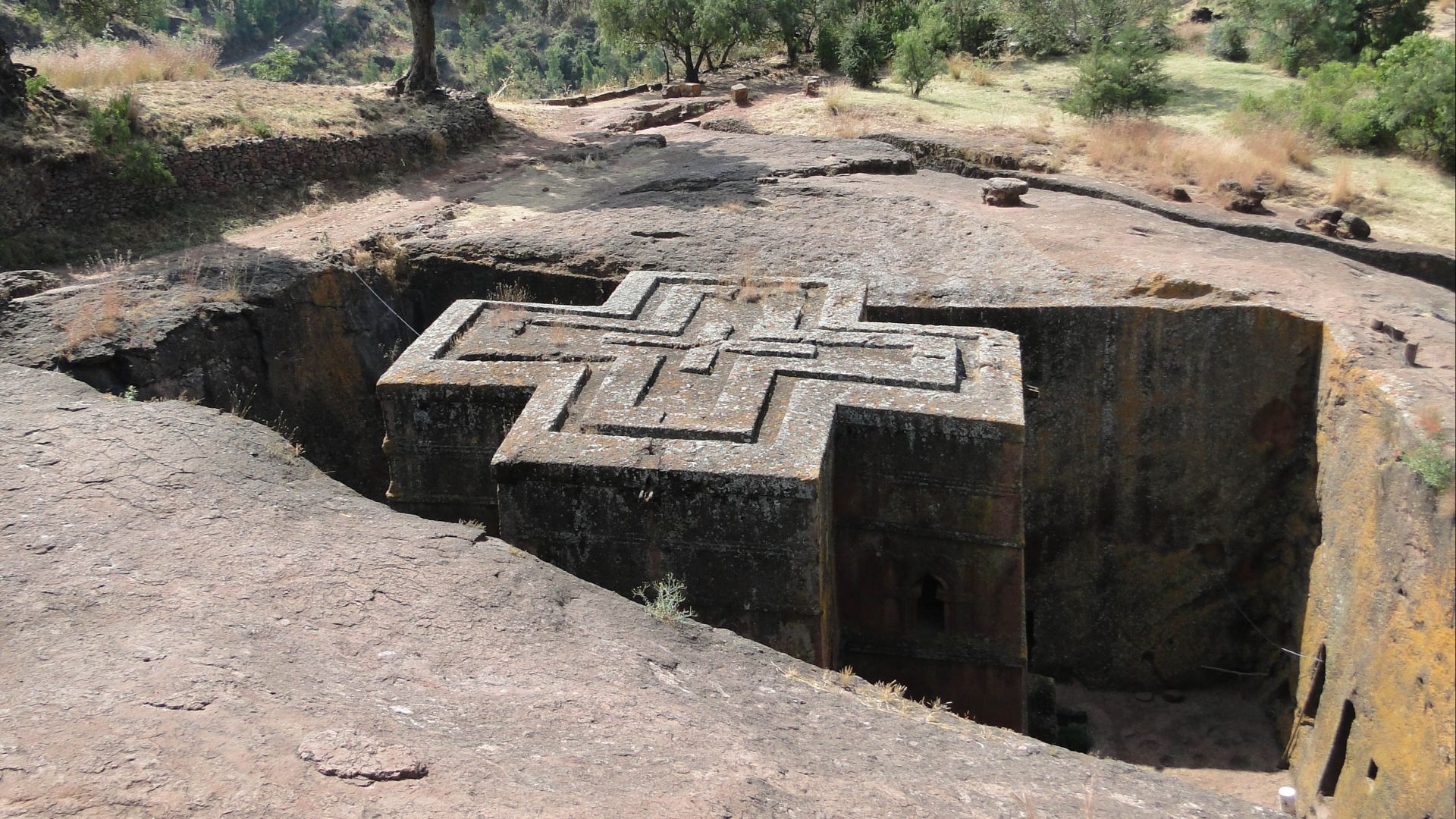 Bernard Gagnon, Wikimedia Commons
Bernard Gagnon, Wikimedia Commons
Basilica of San Vitale, Italy
In Ravenna, this 6th-century basilica dazzles with shimmering mosaics and octagonal design. It's a masterpiece of Byzantine art, with depictions of Emperor Justinian and religious scenes that help bridge the gap between East and West Christianity.
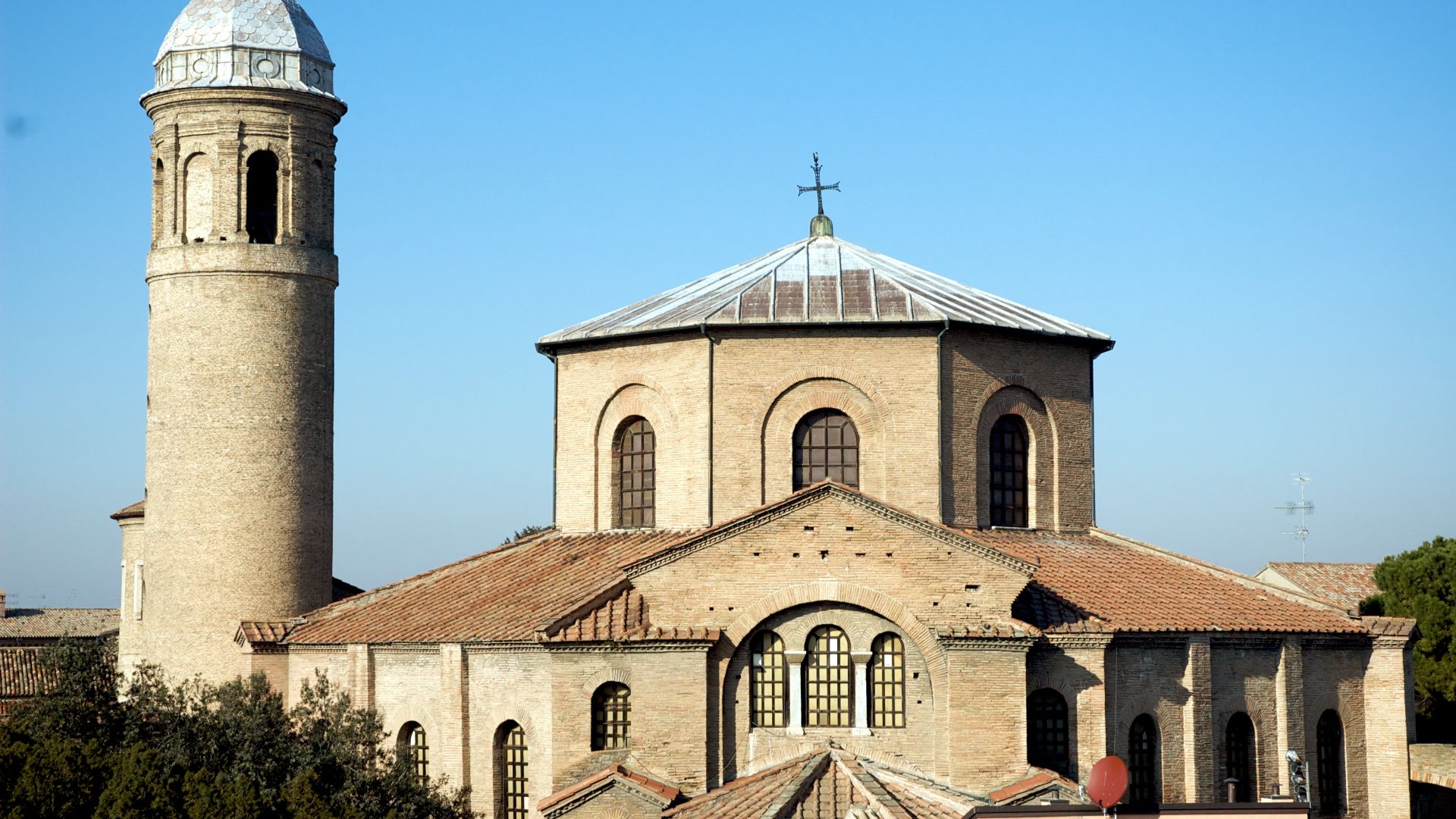 Luca Sartoni, Wikimedia Commons
Luca Sartoni, Wikimedia Commons
Church Of Saints Sergius And Bacchus, Turkey
Honoring two Roman soldiers who became saints, this 6th-century church in Constantinople carried deep symbolic meaning. Its design, especially the dome and layout, would later inspire Hagia Sophia. As a result, it served as a quiet architectural prototype with lasting spiritual and cultural influence across empires.
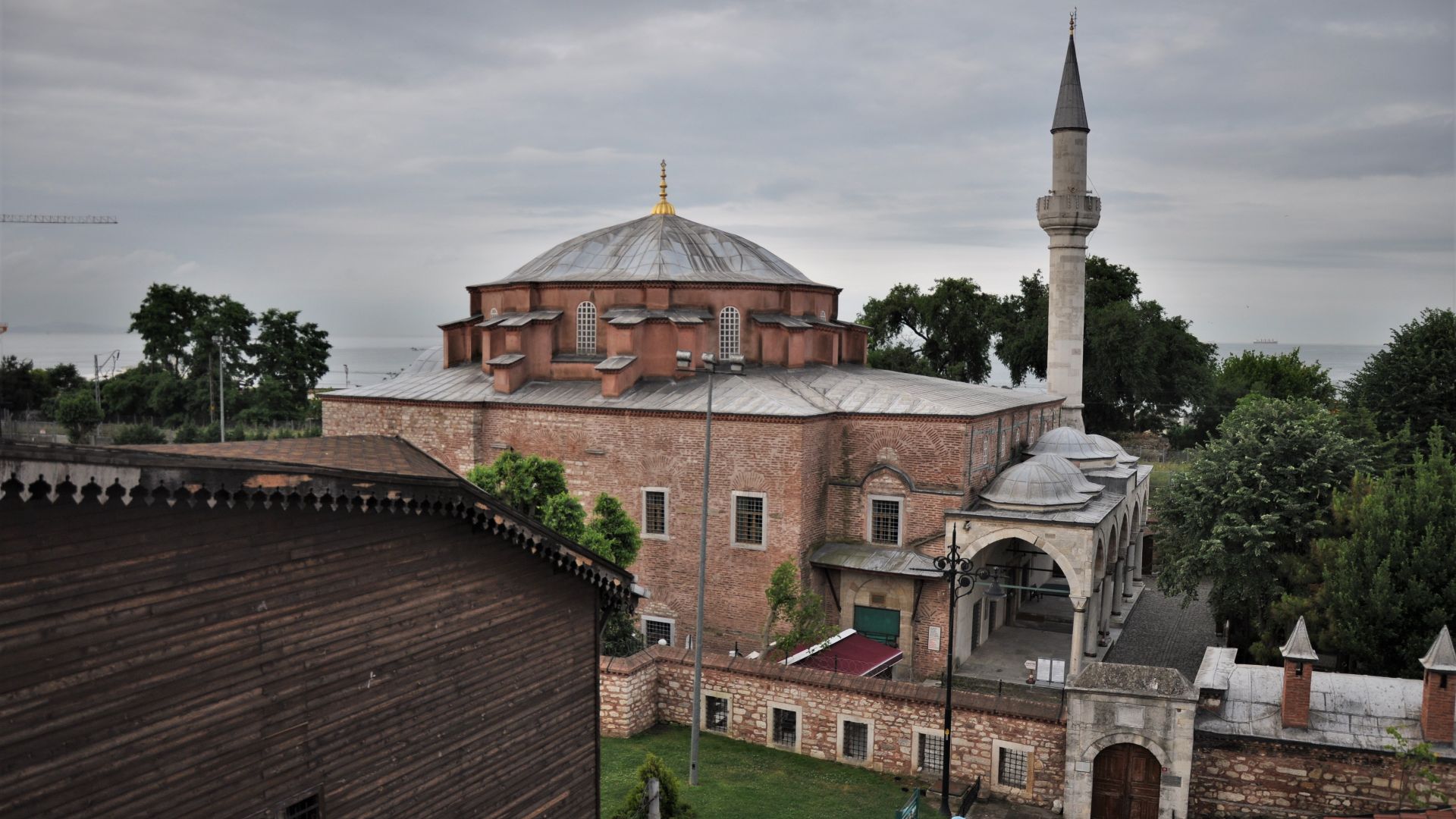 fusion-of-horizons, Wikimedia Commons
fusion-of-horizons, Wikimedia Commons
Hagia Sophia, Turkey
Drawing on the model set by the Church of Saints Sergius and Bacchus, Hagia Sophia was completed in 537 AD with a grand dome and marble columns that redefined Christian imperial architecture. Over time, it shifted from cathedral to mosque to museum, which reflects centuries of spiritual and political change.
Basilica Of Saint-Denis, France
Ever wonder where Gothic architecture began? Look to Saint-Denis, built over the tomb of France's patron saint. Its 12th-century design introduced features like pointed arches and ribbed vaults that influenced European cathedrals for centuries to come.
Church Of Saint Demetrius, Greece
In Thessaloniki, the Church of Saint Demetrius honors the city's patron saint, martyred in the early 4th century. Rebuilt after a fire in the 7th century, it preserves layers of mosaics and relics that reflect devotion through centuries of destruction and religious continuity.
Albi Cathedral, France
Officially known as Cathedrale Sainte-Cecile, Albi Cathedral was built between 1282 and 1480 and is the world’s largest brick cathedral. Its fortress-like exterior contrasts with the richly decorated interior, which features vivid frescoes and one of medieval art’s most striking Last Judgment scenes.
Church of Saint George, Bulgaria
Once a Roman bath, this 4th-century brick rotunda in Sofia is now one of the oldest churches in the Balkans. Its faded frescoes and thick walls whisper of an era when Christianity grew by reimagining old spaces to blend Roman structure with sacred purpose in a single frame.
Church Of Saint Nicholas, Turkey
Though modest and weathered, this 6th-century church in Myra preserves the tomb and fading frescoes of the real Saint Nicholas, the 4th-century bishop linked to the Santa Claus legend. Visitors come not for the folklore but for a deeper glimpse into the life that inspired it.
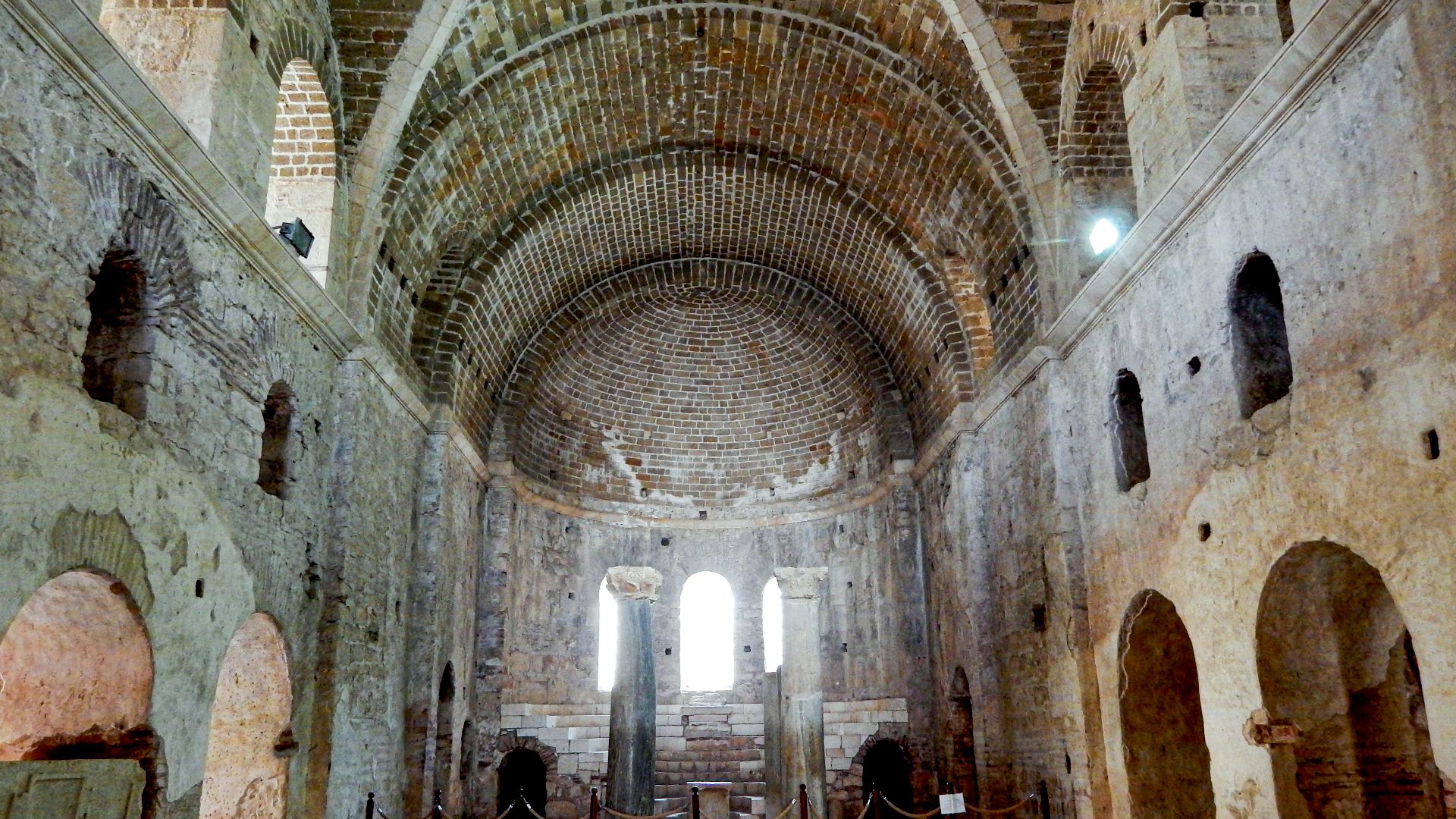 Sinan Şahin, Wikimedia Commons
Sinan Şahin, Wikimedia Commons
Church Of Saint John, Turkey
Long after the Apostle John’s death, whispers of his tomb drew the attention of Emperor Justinian, who ordered a grand church built over the site in the 6th century. Centuries of pilgrims followed. Today, even in decay, the structure represents imperial ambition and sacred significance.
Church Of Saint Peter, Turkey
Hidden in a rocky hillside near Antioch, this cave church is one of the earliest known Christian sites, possibly dating back to the 1st century. Connected to the Apostle Peter, it offered a refuge where believers gathered quietly—part shelter, part sanctuary—when worshiping openly wasn't an option.
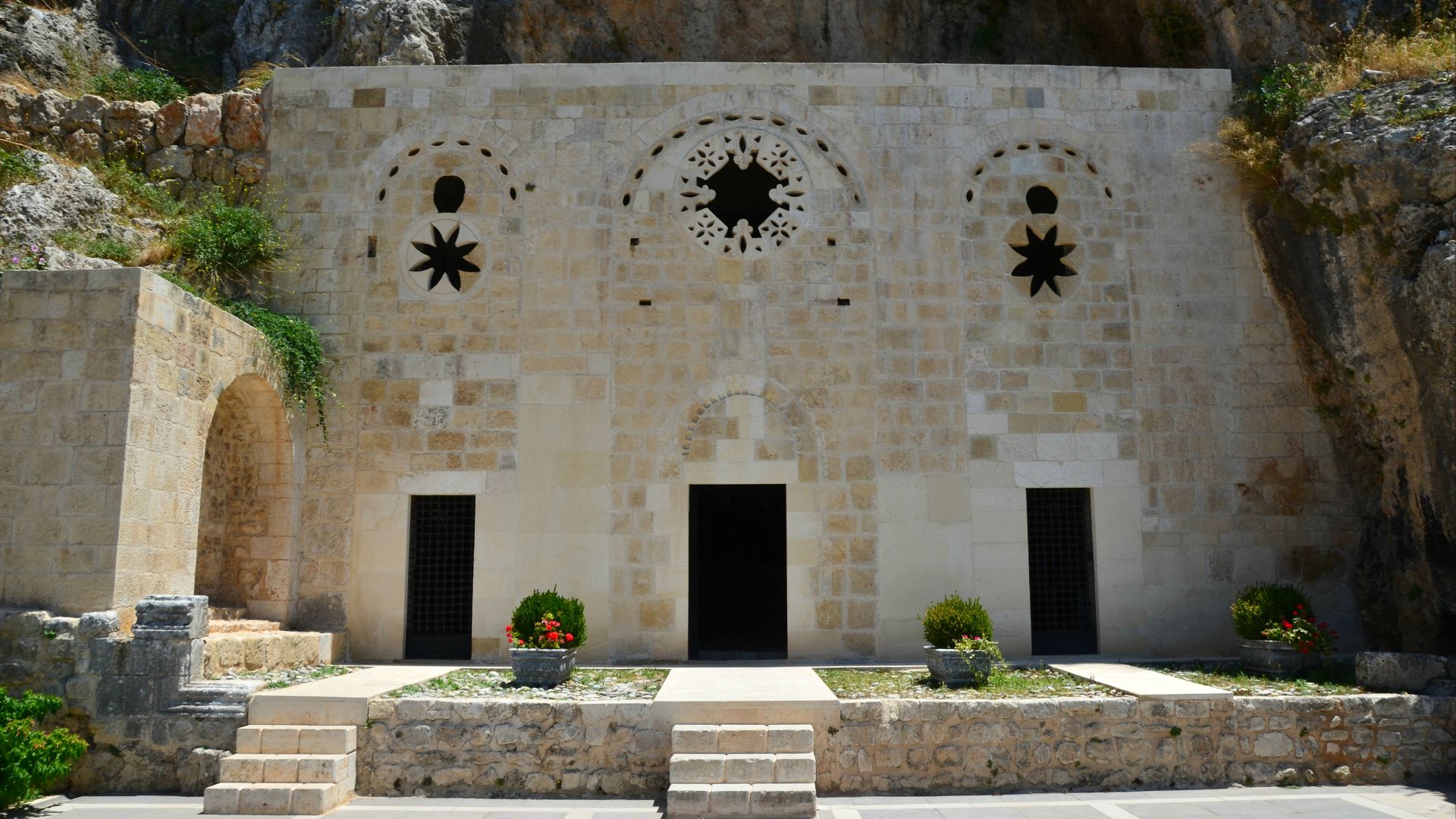 Carole Raddato, Wikimedia Commons
Carole Raddato, Wikimedia Commons
Church Of Saint Mary, Georgia
Jvari Monastery stands quietly above the meeting point of two rivers near Mtskheta, a location steeped in meaning for Georgia. Built in the 6th century, it marks where Saint Nino is said to have planted a wooden cross as an act that symbolized the nation's shift toward Christianity.
Church Of Saint Lazarus, Cyprus
According to tradition, this 9th-century church was built over the second tomb of Lazarus—yes, the one Jesus raised. Located in Larnaca, it's a sturdy stone building with Byzantine flair. Its interior icons and relics still reflect the island's long devotion to story and faith.
Church Of Saint Donatus, Croatia
This 9th-century Romanesque church in Zadar was built atop a former Roman forum named after Saint Donatus, a bishop and diplomat during Charlemagne's era. Its circular shape and massive stone structure reflect both religious function and political symbolism as Christianity settled into the old imperial footprint.
 dronepicr, CC BY 2.0, Wikimedia Commons
dronepicr, CC BY 2.0, Wikimedia Commons
Church Of Saint George, Romania
Located in Harlau, this 15th-century church blends Moldavian Gothic and Byzantine styles. Though younger than others, it tells a local story of Christian resilience through Ottoman pressure and the desire to build enduring symbols of faith through turbulent chapters.
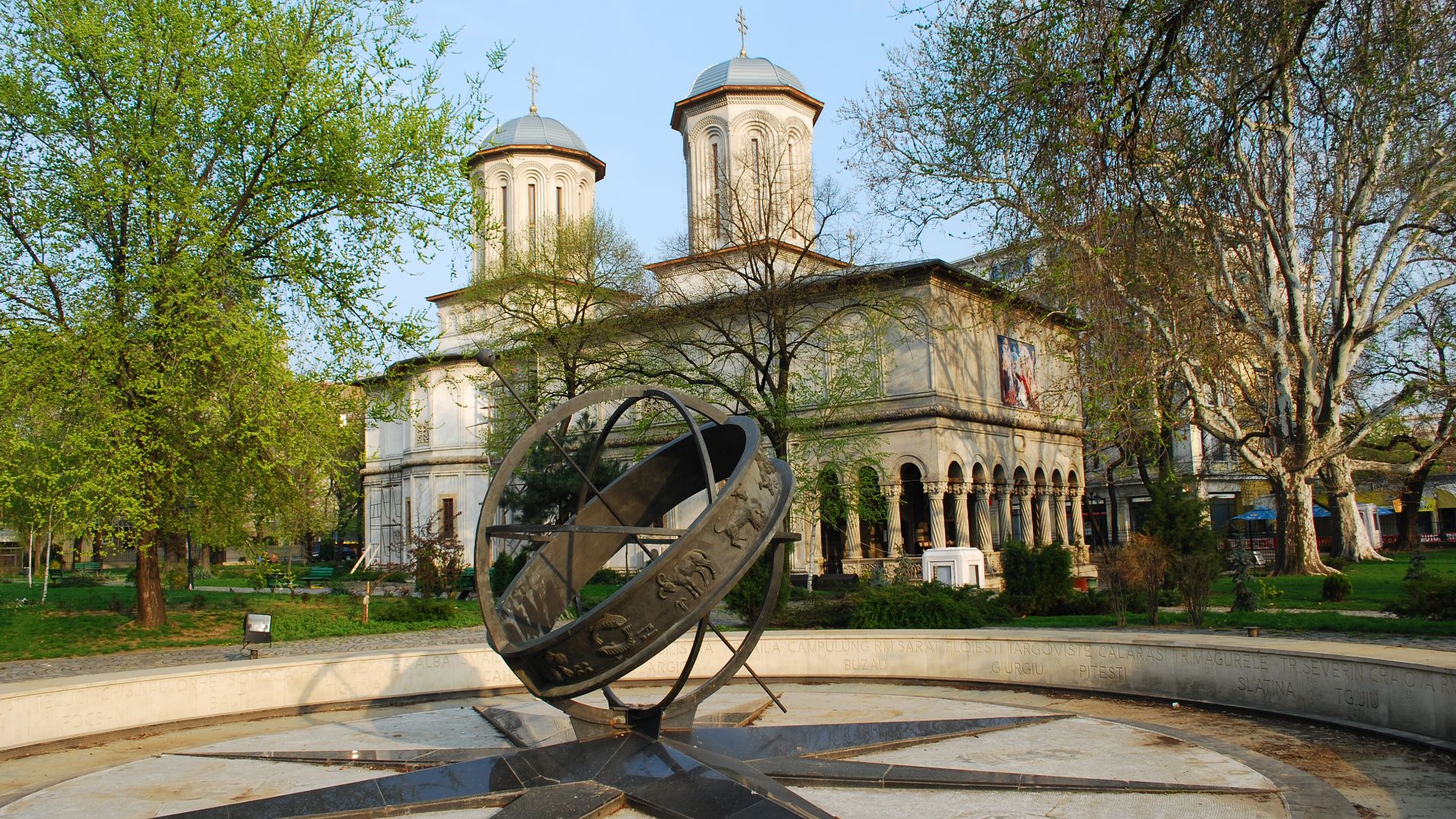 Andrei Stroe, Wikimedia Commons
Andrei Stroe, Wikimedia Commons
Church Of Saint Sophia, Bulgaria
Although its name may echo Hagia Sophia, this Sofia-based church predates its better-known cousin. Built in the 6th century, it became so central that it gave the Bulgarian capital its name. The simple red-brick exterior hides layers of religious and historical identity.
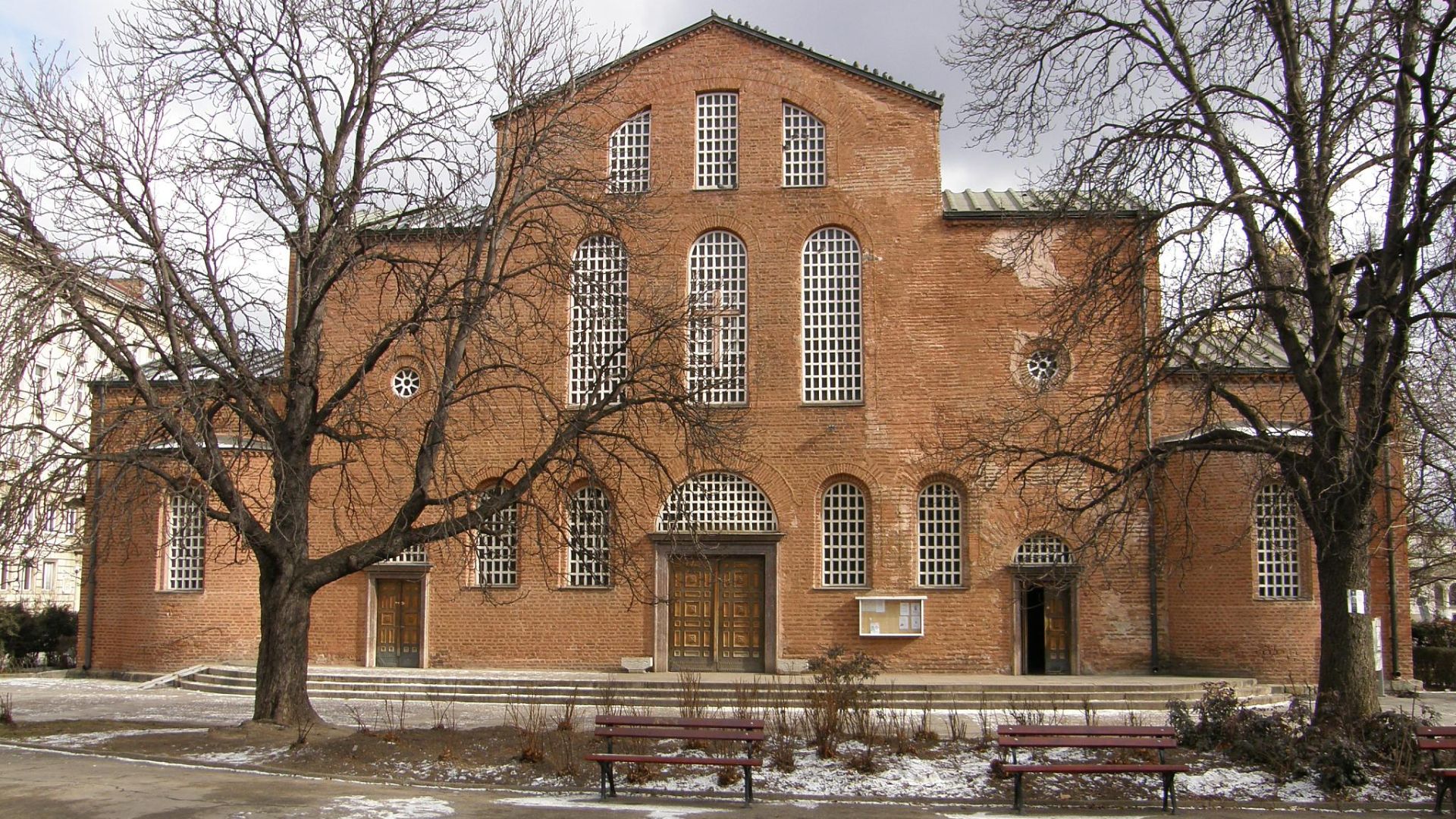 Klearchos Kapoutsis from Paleo Faliro, Greece, Wikimedia Commons
Klearchos Kapoutsis from Paleo Faliro, Greece, Wikimedia Commons
Church Of Saint Hripsime, Armenia
Saint Hripsime fled Roman persecution in the 3rd century and was martyred in Armenia for refusing to abandon her faith. In 618 AD, a church was built over her burial site in Vagharshapat. Its strong stone dome and crisp symmetry set a standard for Armenian church design.
Church Of Saint Gregory, Armenia
What happens when faith and ambition come together? In 7th-century Armenia, Catholicos Nerses III built Zvartnots to honor Saint Gregory the Illuminator. Though an earthquake eventually brought it down, its circular design and spiritual legacy still speak volumes about Armenia's early Christian vision.
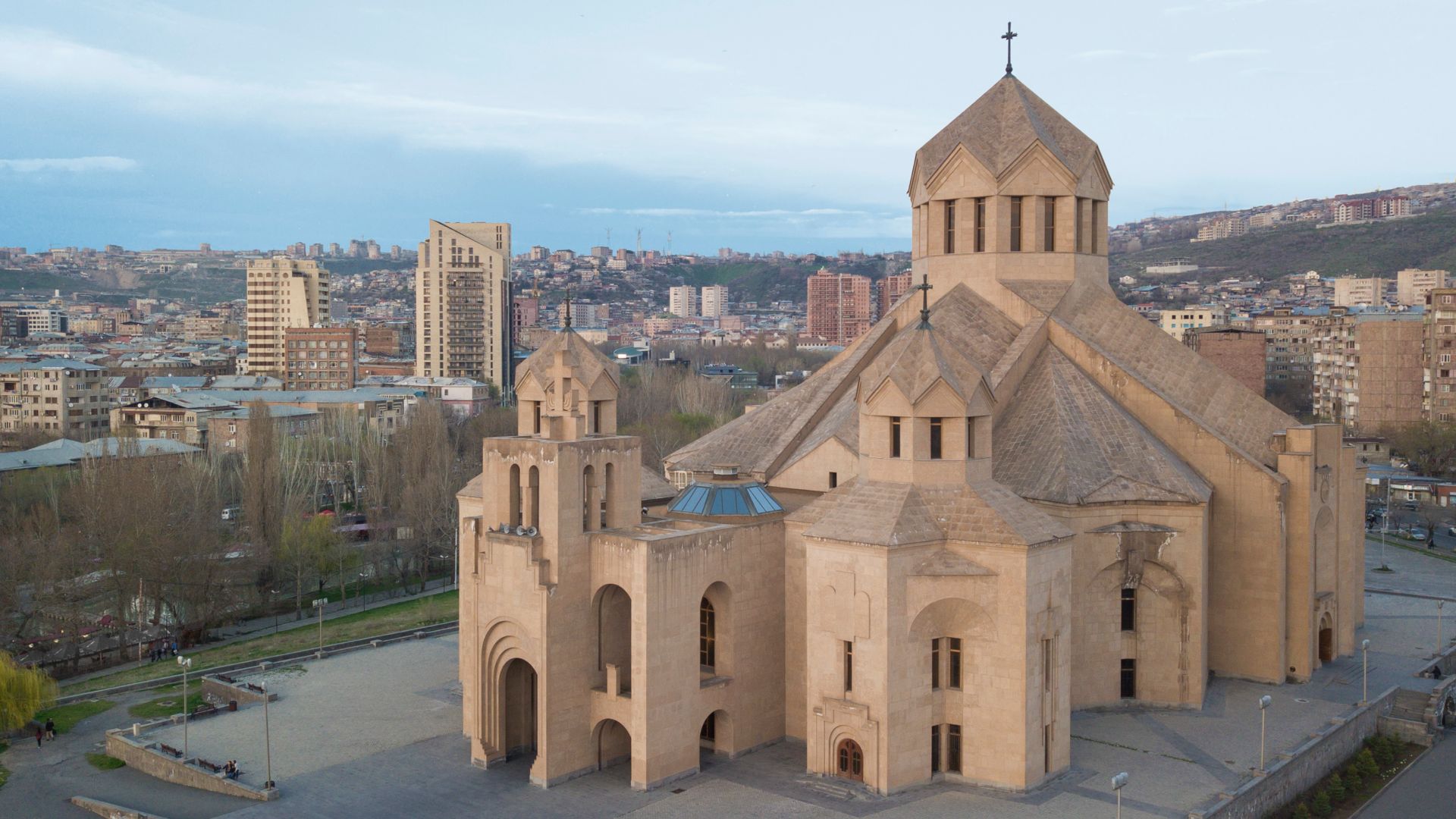 Aleksey Chalabyan a.k.a Xelgen, Wikimedia Commons
Aleksey Chalabyan a.k.a Xelgen, Wikimedia Commons
Church Of Saint John, Lebanon
This 12th-century church in Byblos began as a Crusader chapel and later became a Maronite place of worship. Its worn stones and Romanesque arches show shifting power, yet the site has remained sacred through centuries of conquest, repurposing, and enduring community faith.
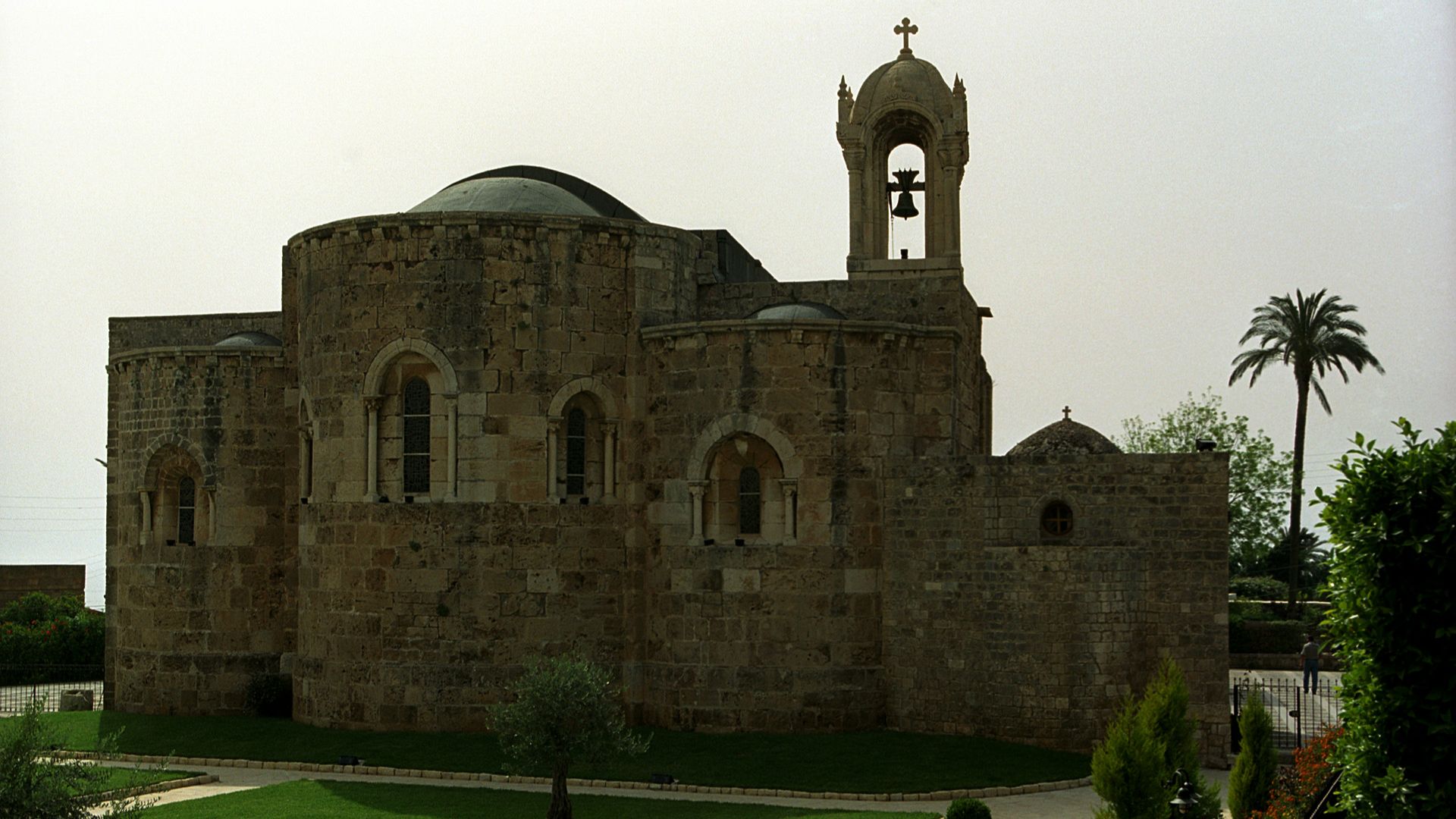 Jerzy Strzelecki, Wikimedia Commons
Jerzy Strzelecki, Wikimedia Commons
Church Of Saint George, Lebanon
Beirut's Church of Saint George, initially built by Crusaders in the 12th century, stands above ancient Roman baths and Byzantine churches. Though battered by earthquakes and Lebanon's civil war, it has been rebuilt repeatedly, layered like the city itself to blend sacred history with stubborn, living faith.
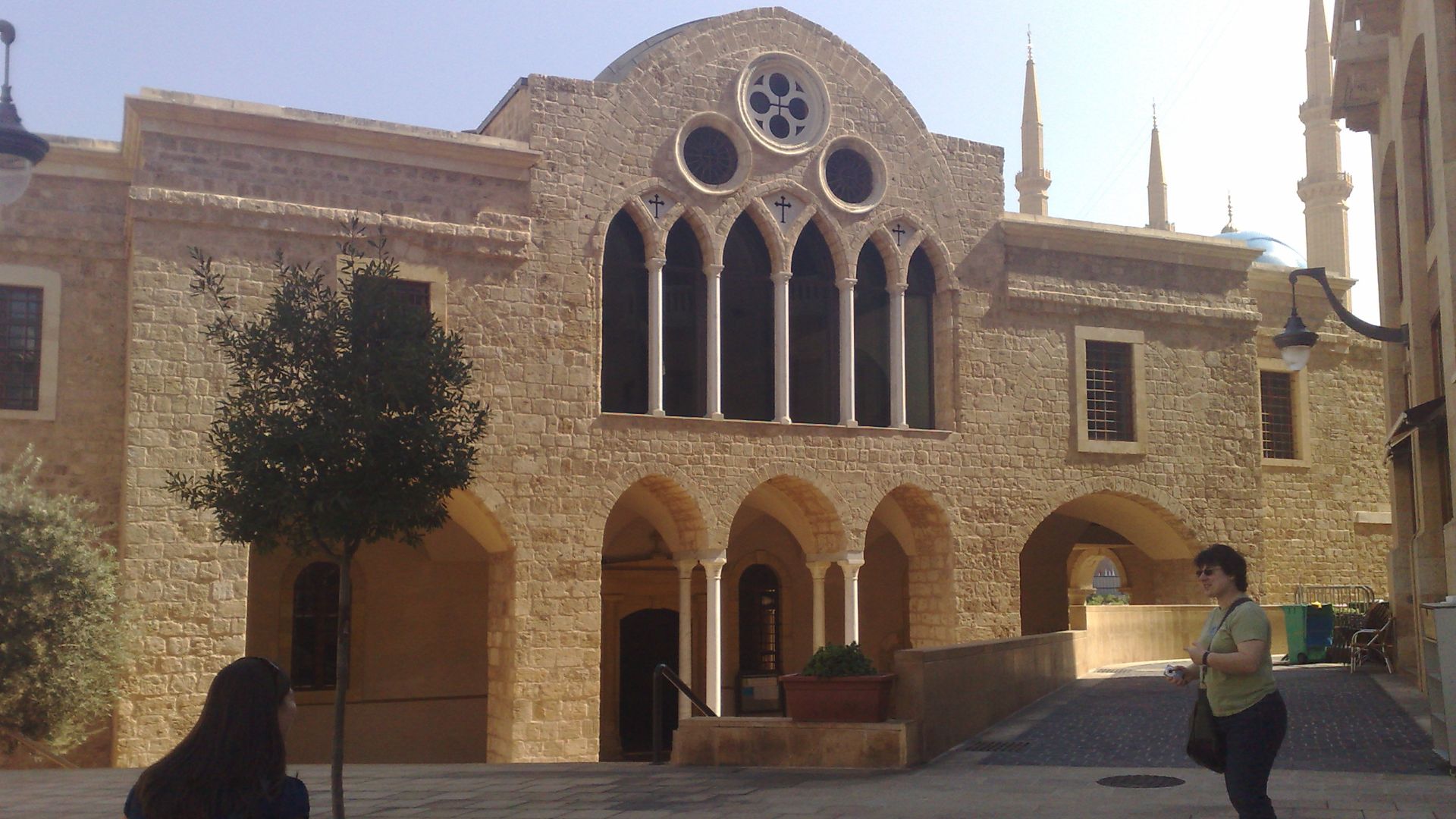 James Gallagher from Galway, Ireland, Wikimedia Commons
James Gallagher from Galway, Ireland, Wikimedia Commons
Church Of Saint Mary, Syria
In 6th-century Aleppo, the Cathedral of the Dormition took shape as a spiritual anchor for the Armenian Apostolic community. Over time, wars and earthquakes damaged it, but each restoration brought it back to life. As the diocesan seat, it still reflects centuries of faith and cultural endurance.
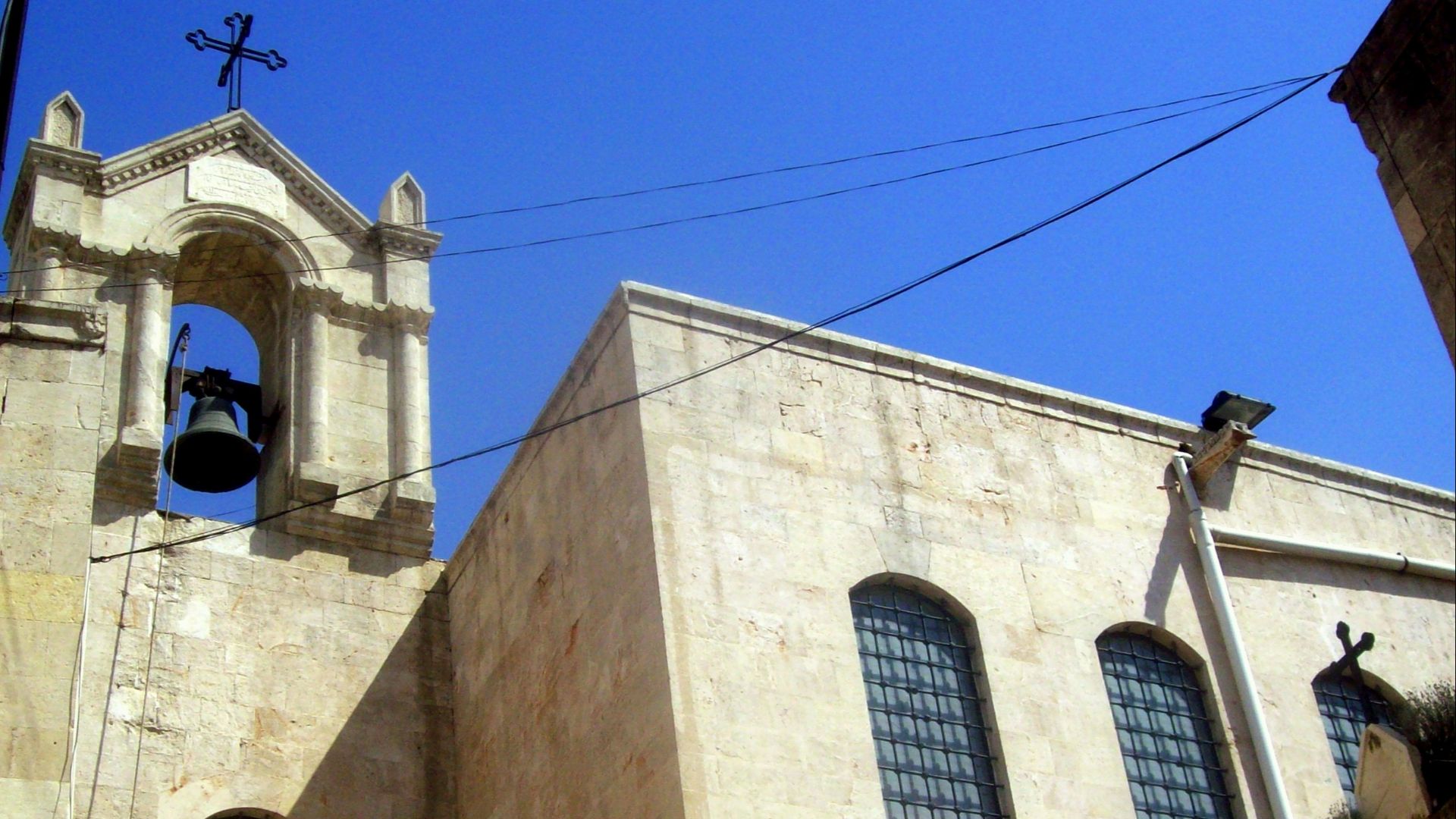 Kevorkmail (talk), Wikimedia Commons
Kevorkmail (talk), Wikimedia Commons
Church Of Saint George, Egypt
Round churches are rare in Eastern Christianity, but this 10th-century one in Cairo is a striking exception. Built atop a Roman tower along the old fortress walls, it has long served as a key Coptic site and proof of Christianity's endurance in the region.
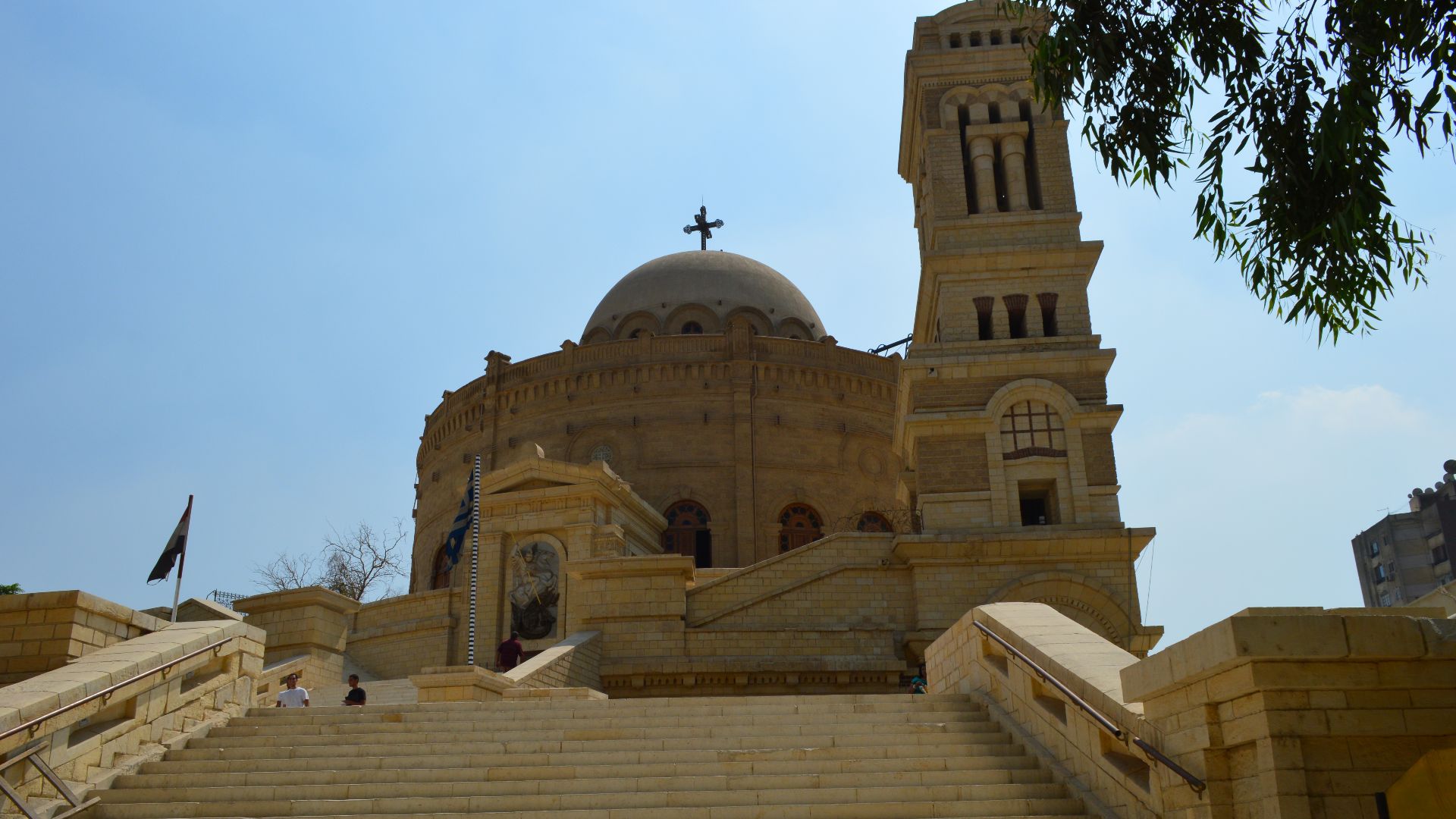 Ahmed Younis Sif Saad, Wikimedia Commons
Ahmed Younis Sif Saad, Wikimedia Commons
Church Of Saint Mary, Iraq
The Church of Saint Mary in Erbil has stood through centuries of history in Iraq's Christian quarter. Its roots trace back to the early Church of the East, and its walls still bear Syriac inscriptions. Though rebuilt many times, it continues to serve one of the oldest Christian communities.
Church Of Saint George, Jordan
This 6th-century church in Madaba is still active, but what draws the most attention is what is underfoot. Its mosaic floor map, crafted from over two million tiles, depicts Jerusalem and the Dead Sea to give us a vivid glimpse into how early Christians pictured their world.
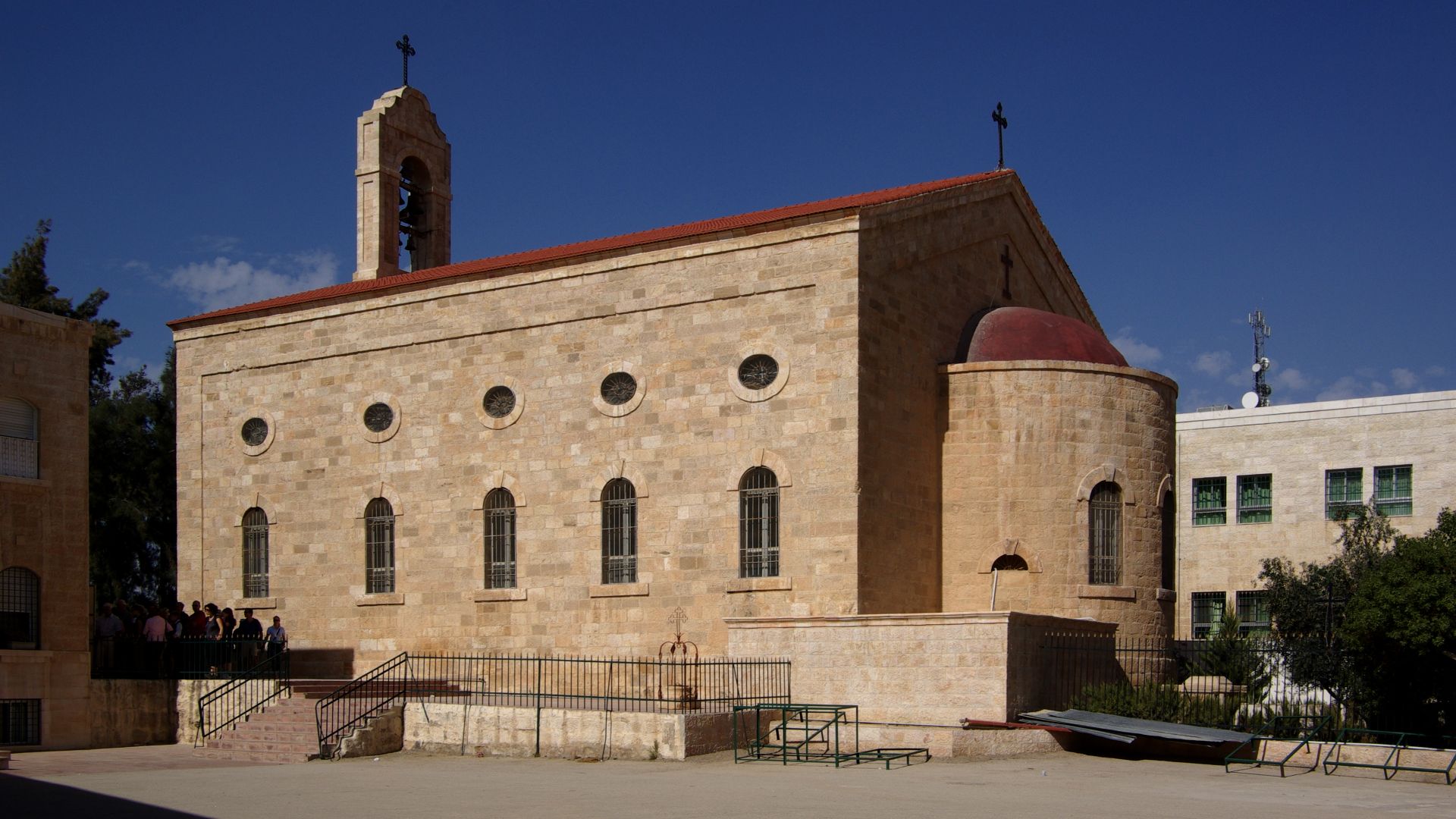 Berthold Werner, Wikimedia Commons
Berthold Werner, Wikimedia Commons
Church Of Saint Mary, India
Saint Thomas is believed to have reached Kerala in 52 AD, where he established this church, one of the oldest in India. While the structure has seen many rebuilds, the site holds deep spiritual value, connecting Kerala's local traditions with Saint Thomas's legacy.
 Princebpaul0484, Wikimedia Commons
Princebpaul0484, Wikimedia Commons
Greensted Church, England
Often called the oldest wooden church in the world, Greensted Church dates back to around the 11th century, with some parts possibly older. Its timber walls—cut from oak trees—have stood through centuries of worship and war to make it a quiet witness to England’s Christian roots.
Basilica Of Cyrene, Libya
This basilica was once a central place of Christian worship in what had previously been a thriving Greco-Roman city. Like many Christian structures of the Byzantine era, it featured a semi-circular apse. Though Cyrene suffered from earthquakes and periods of neglect, many ruins—including those of the basilica—still remain.

